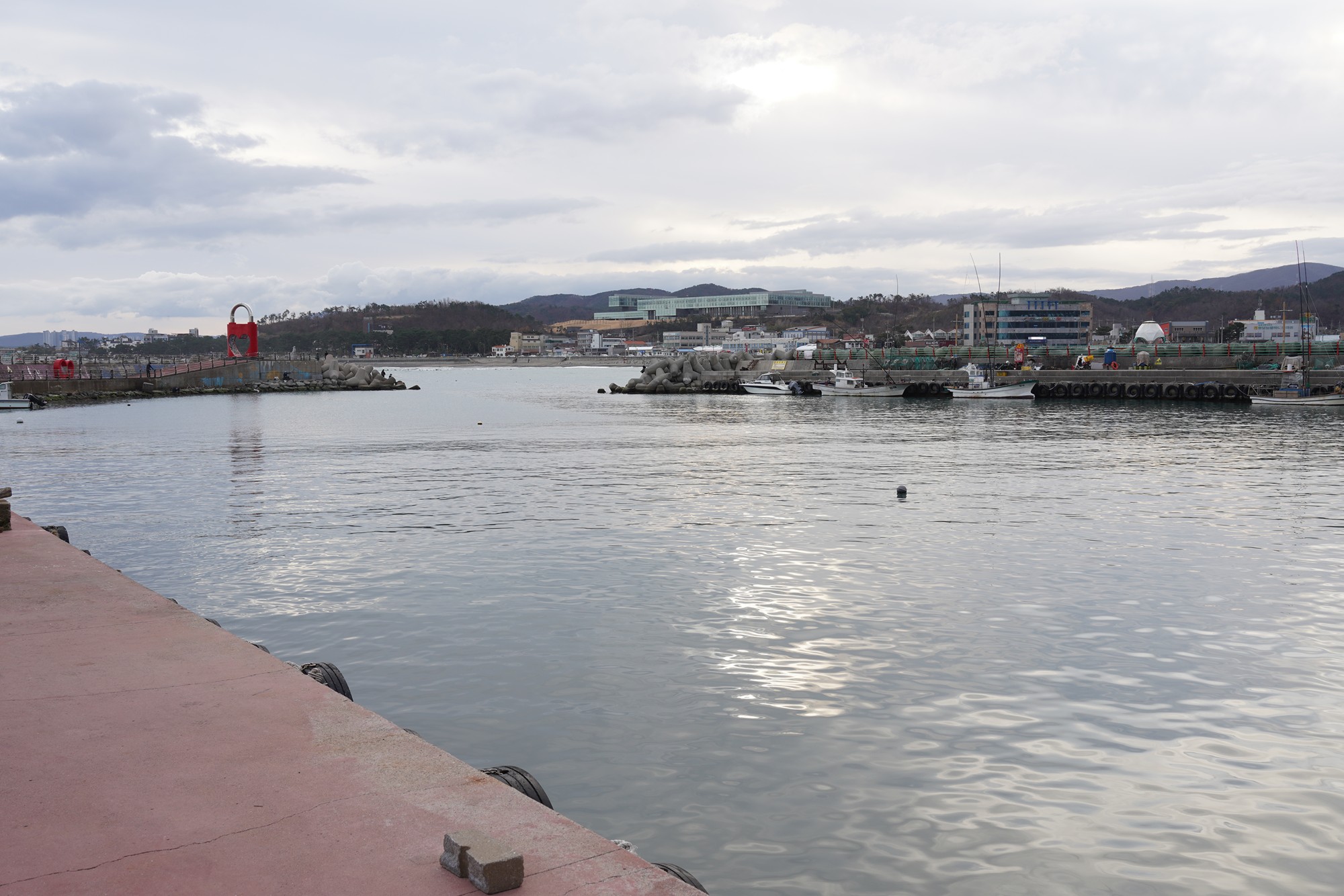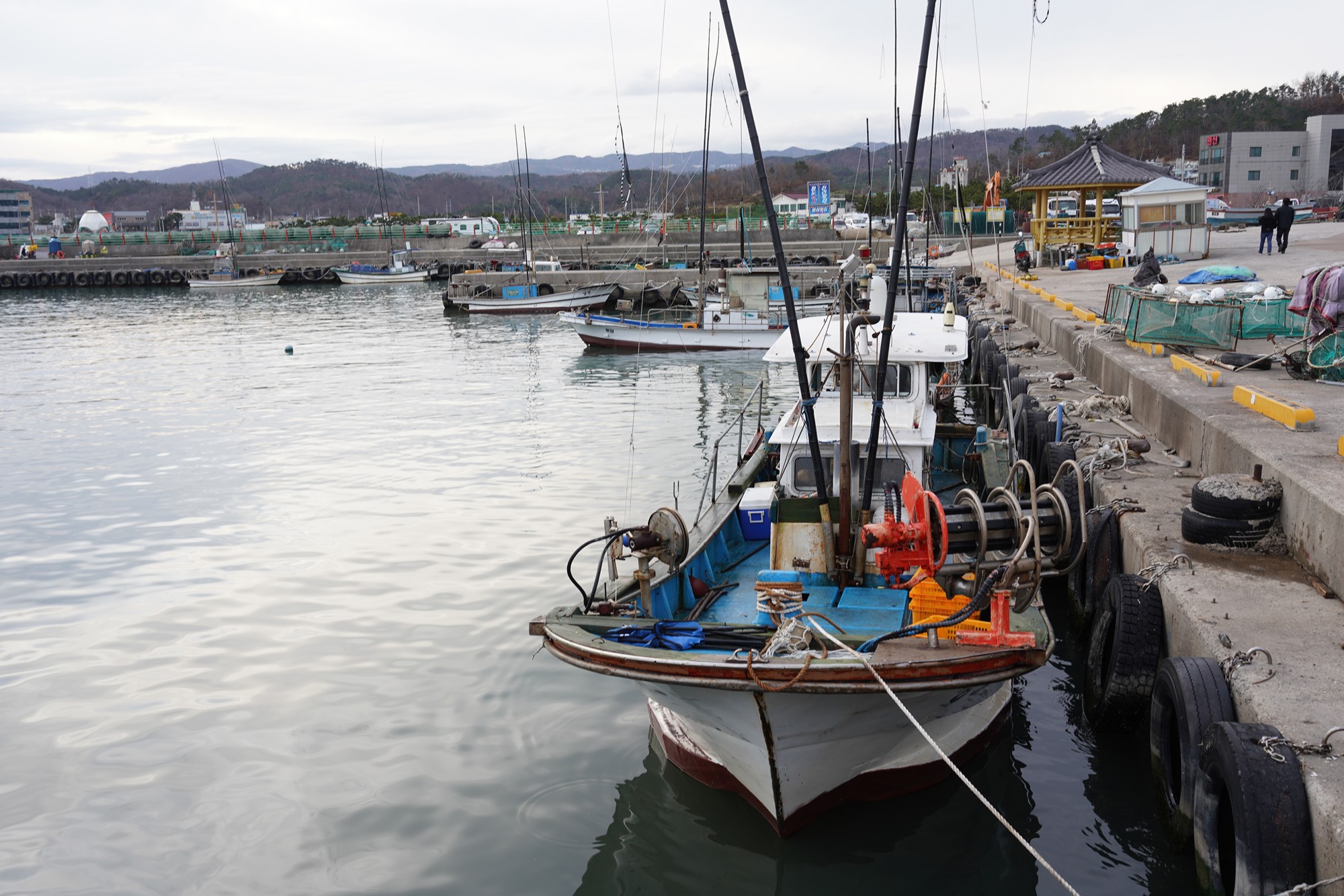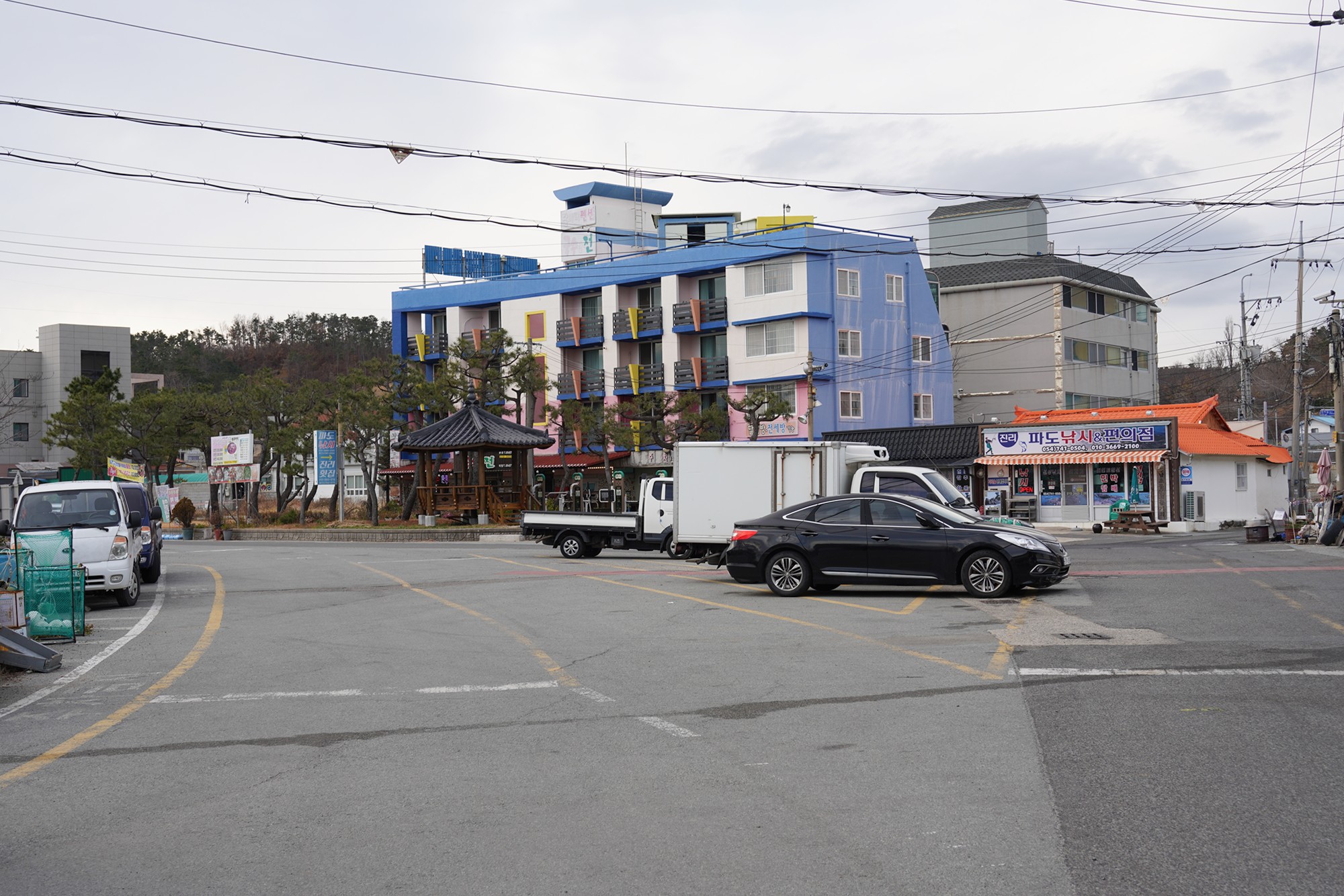Gyeongju Underwater Tomb of King Munmu and Padosori-gil Coastal Trail, South Korea
A little rocky islet approximately 200 meters from the shore at Bonggil-ri is the Tomb of King Munmu (AD 661-681), who unified the three kingdoms and became the 30th ruler of the Silla Kingdom. The king gave specific instructions to be buried in the East Sea after his death so that he would become a dragon and protect Silla from foreign invaders. 343
The Padosori-gil Coastal Trail is near the tomb, and it is about 1.7km long by the ocean. One unique sightseeing about this trail is the hexagonal-shaped volcanic rock formed when the ocean suddenly cooled the hot lava when the lava hit the ocean.
Tomb of King Munmu: 1366-9, Donghaean-ro, Gyeongju-si, Gyeongsangbuk-do, South Korea
Padosori-gil Coastal Trail: Eupcheon-ri, Yangnam-myeon, Gyeongju-si, Gyeongsangbuk-do, South Korea
Date Picture Taken: December 2021
Under that rocky islet is the tomb of the king.
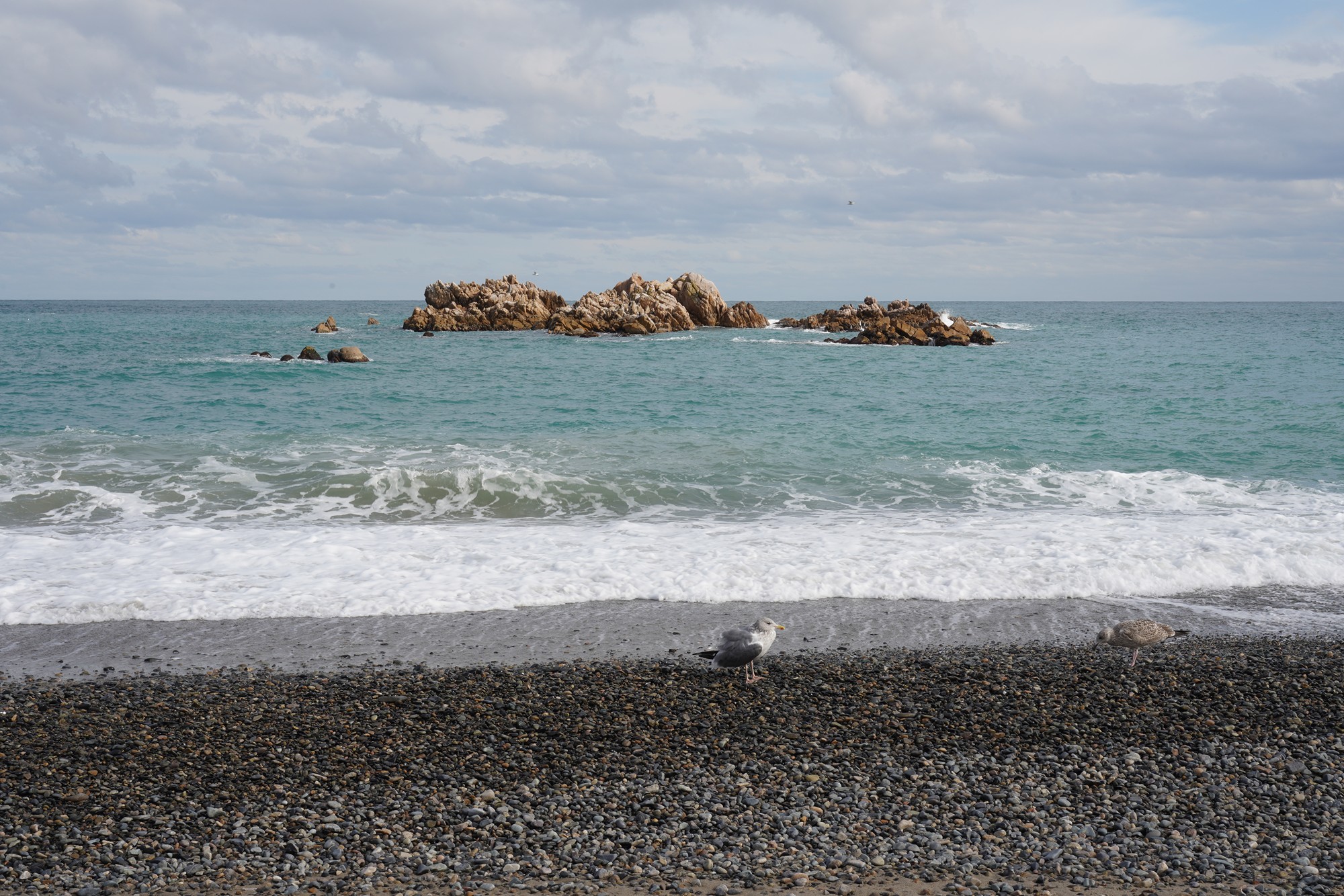
Panoramic view of the beach from left to right
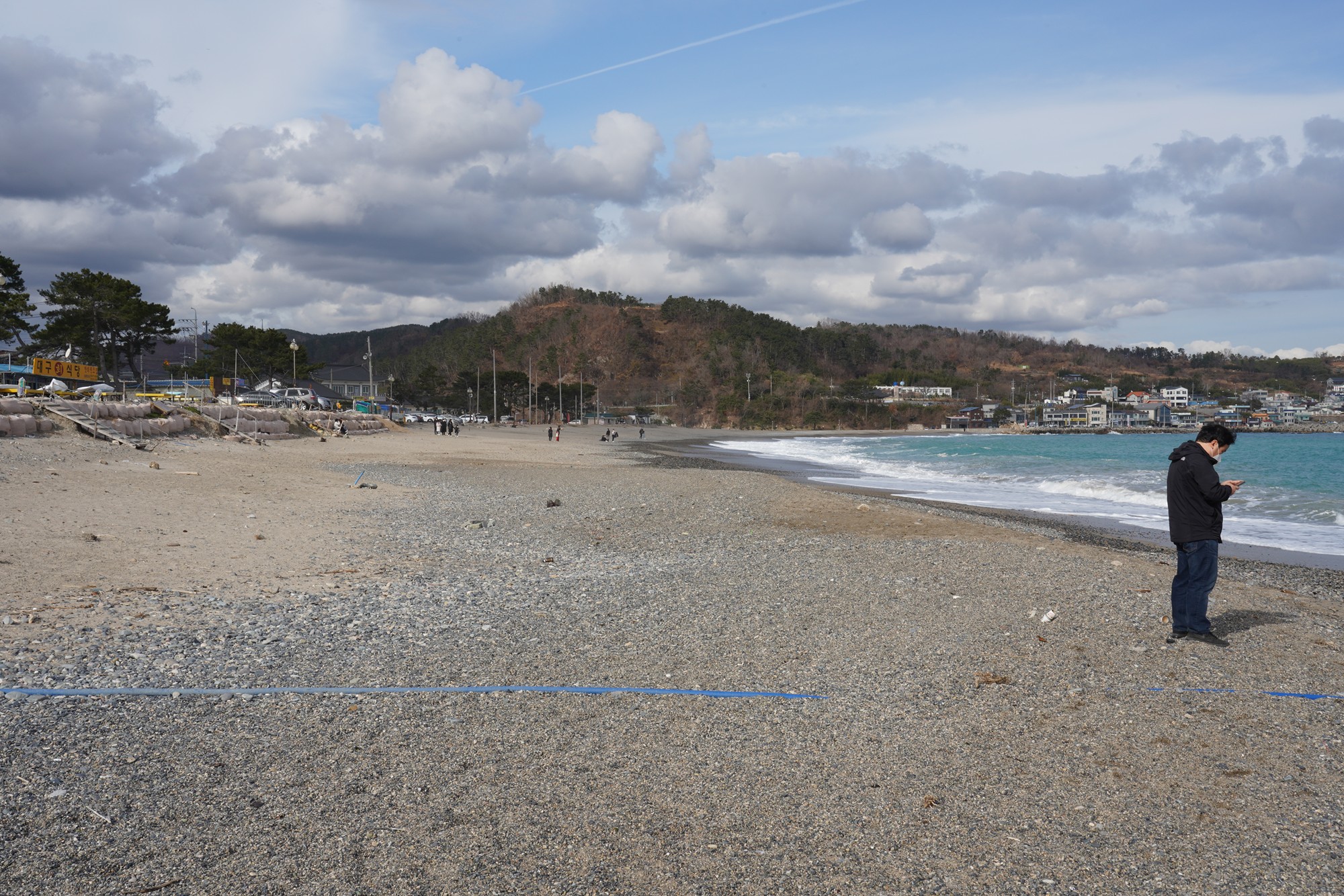

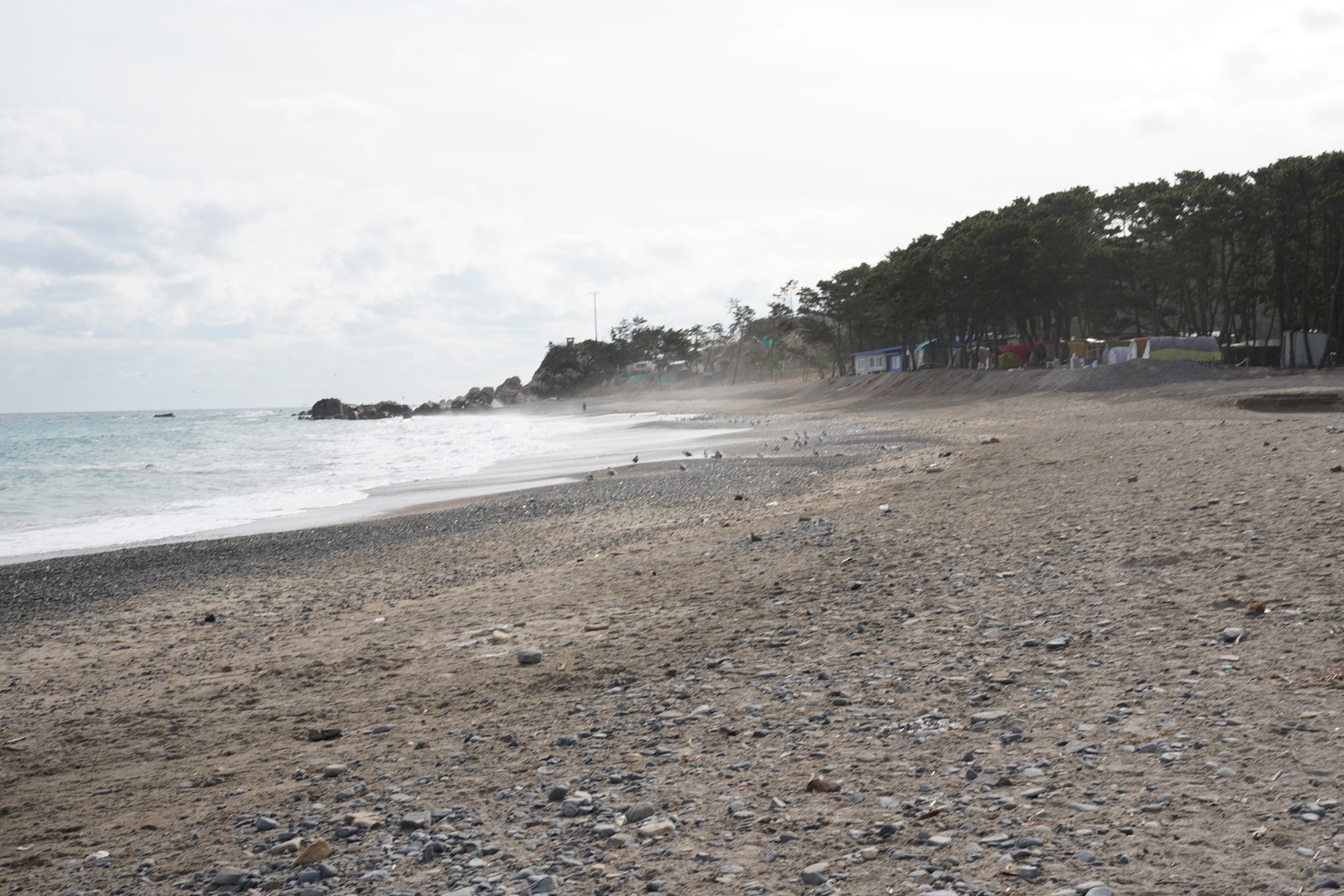
The islet once again
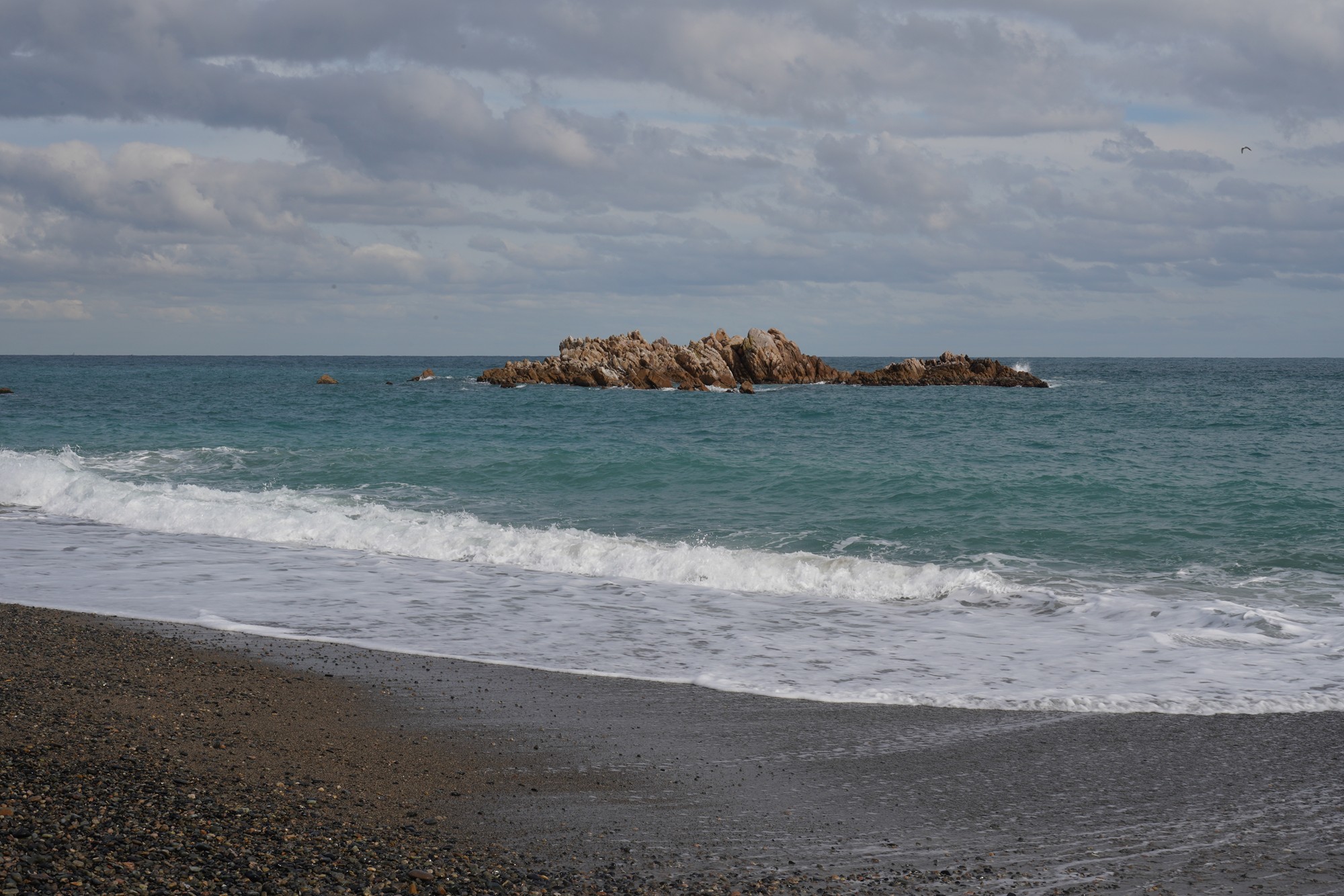
Walking to the one end of the ocean.
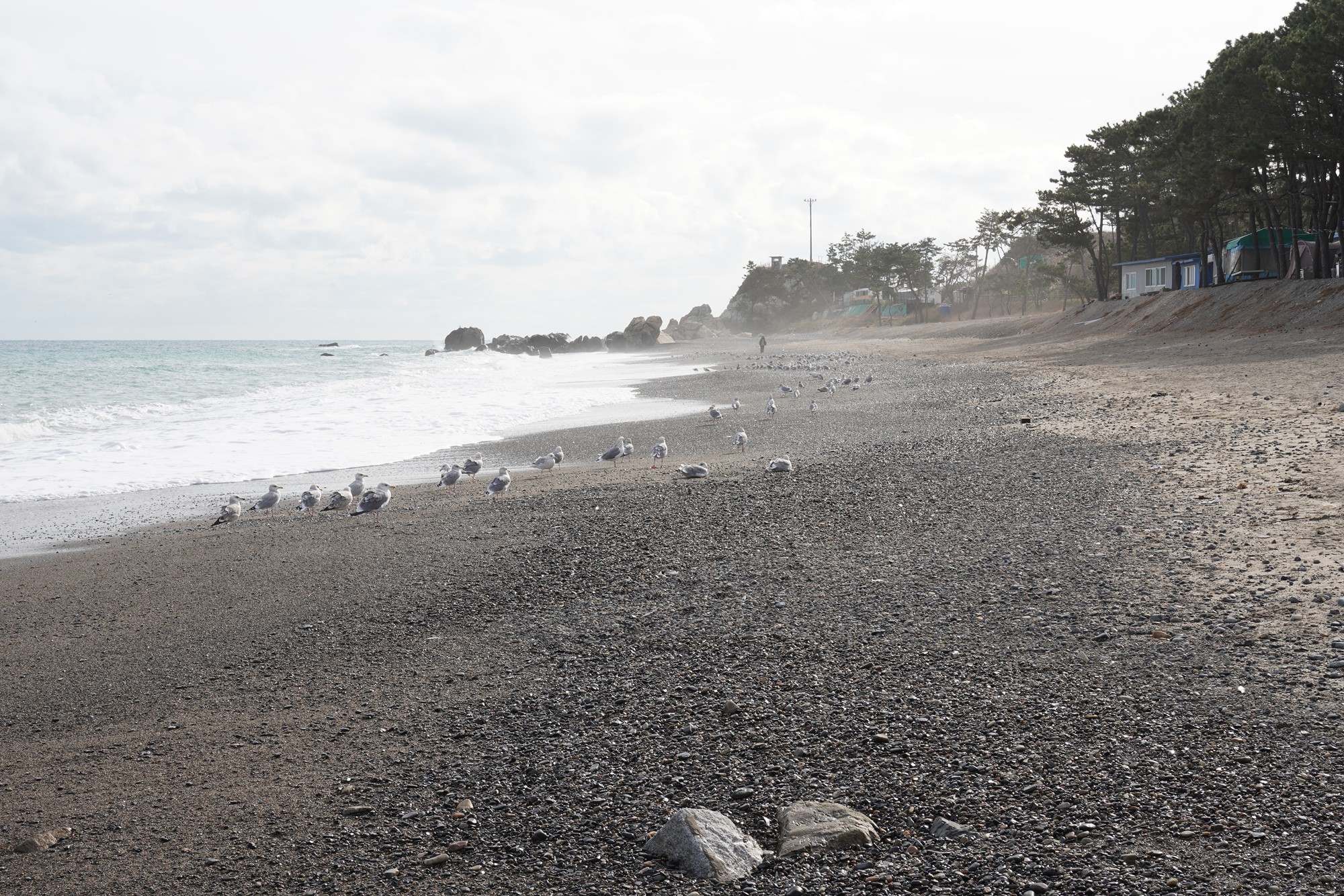
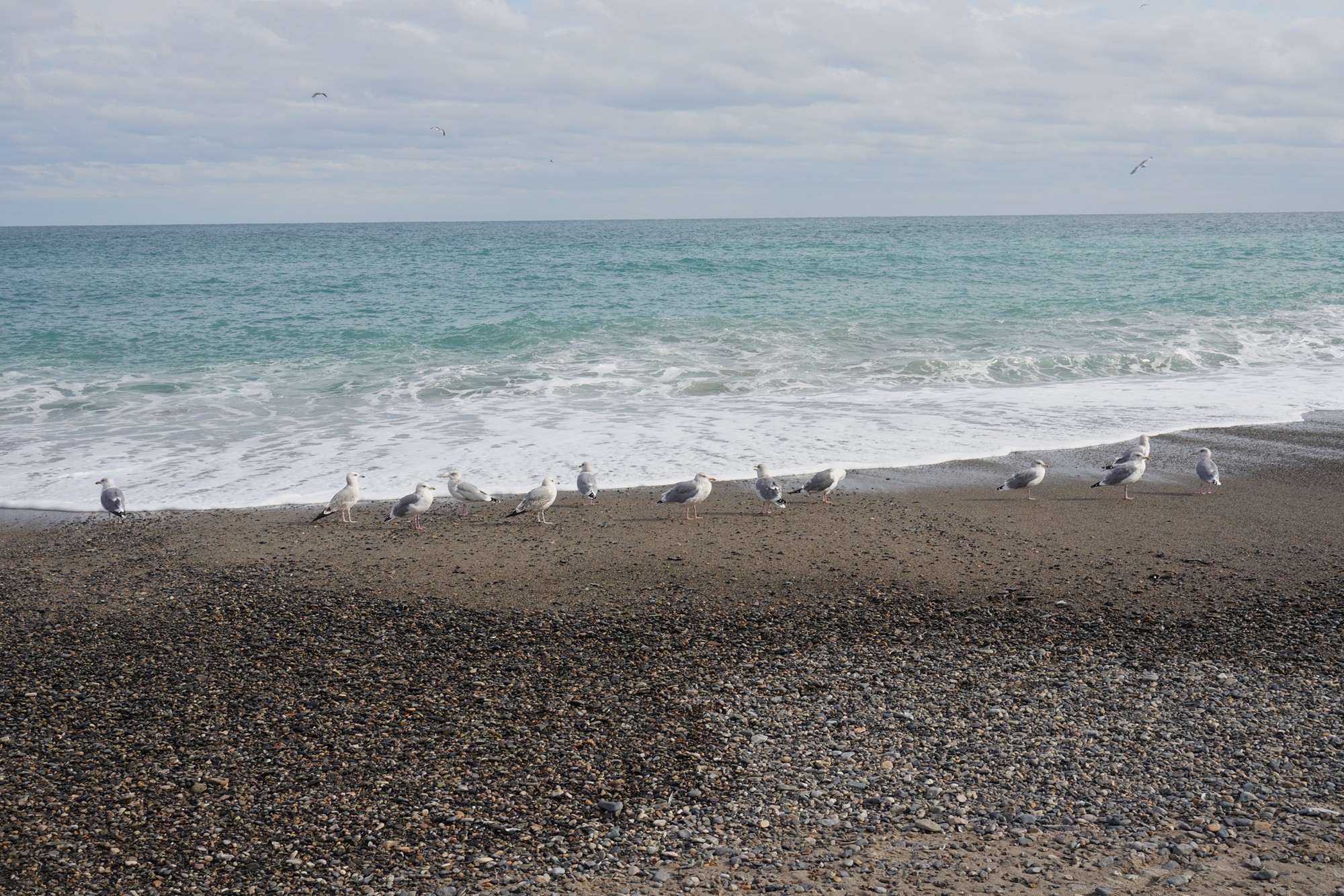

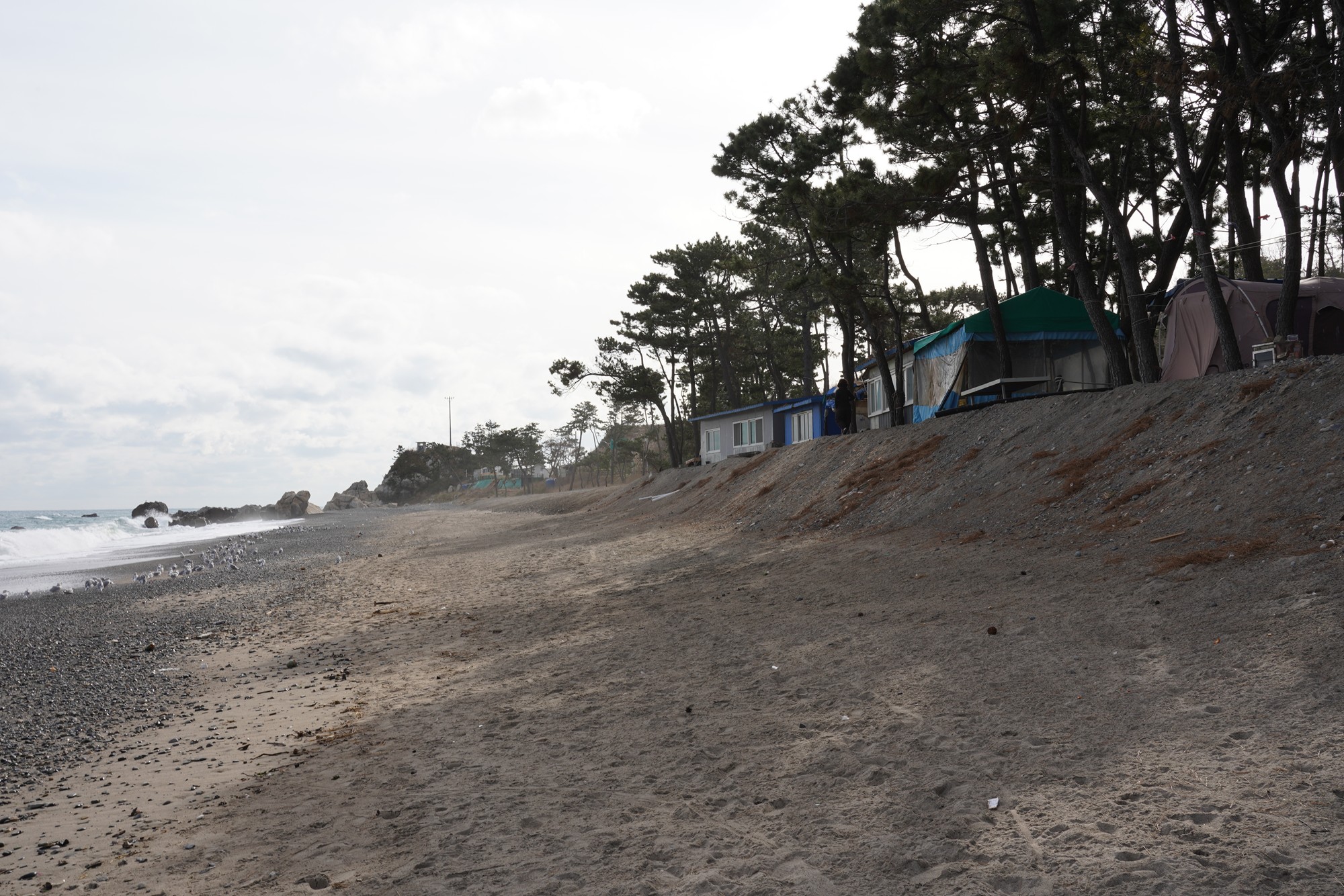
A camping ground next to the ocean
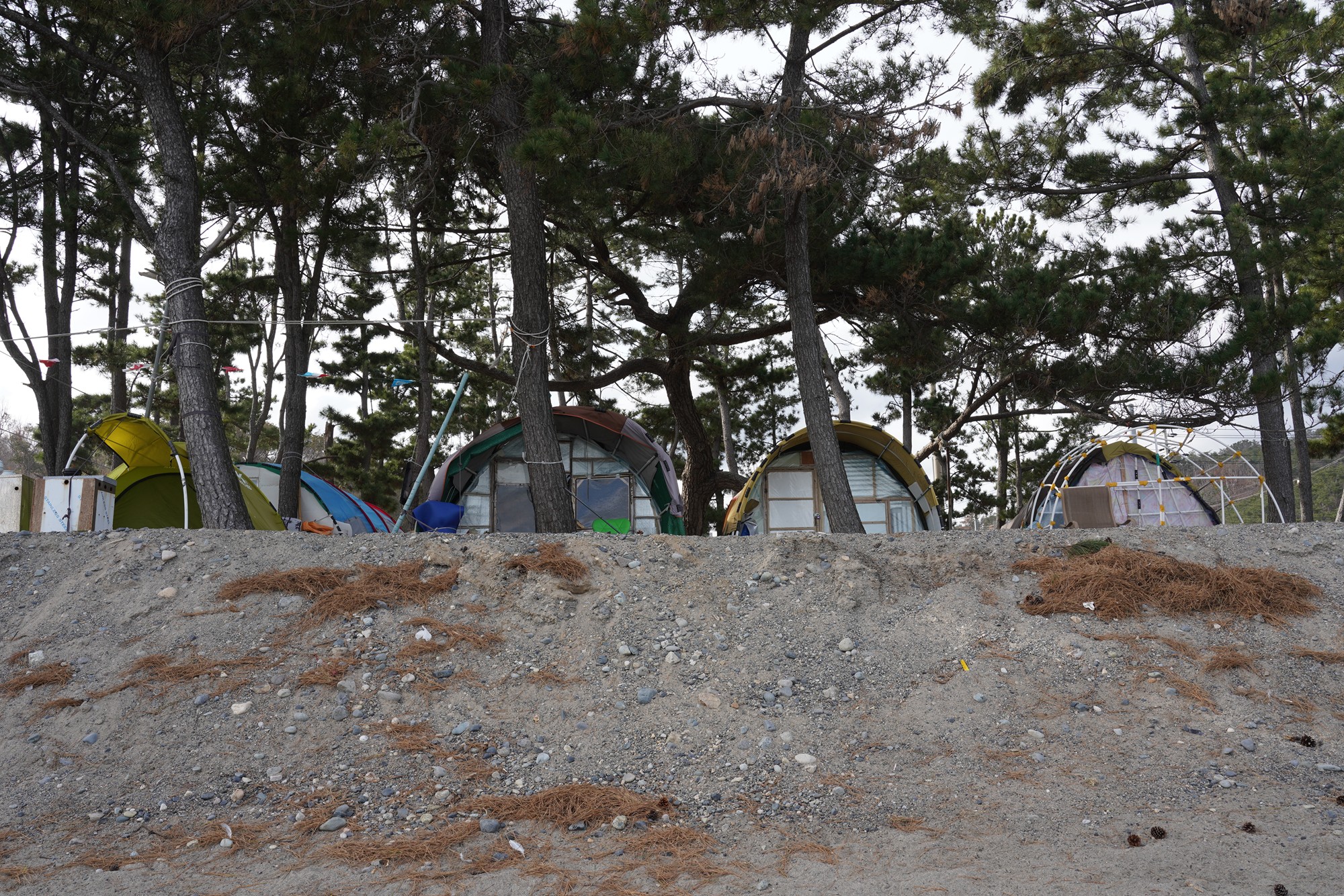
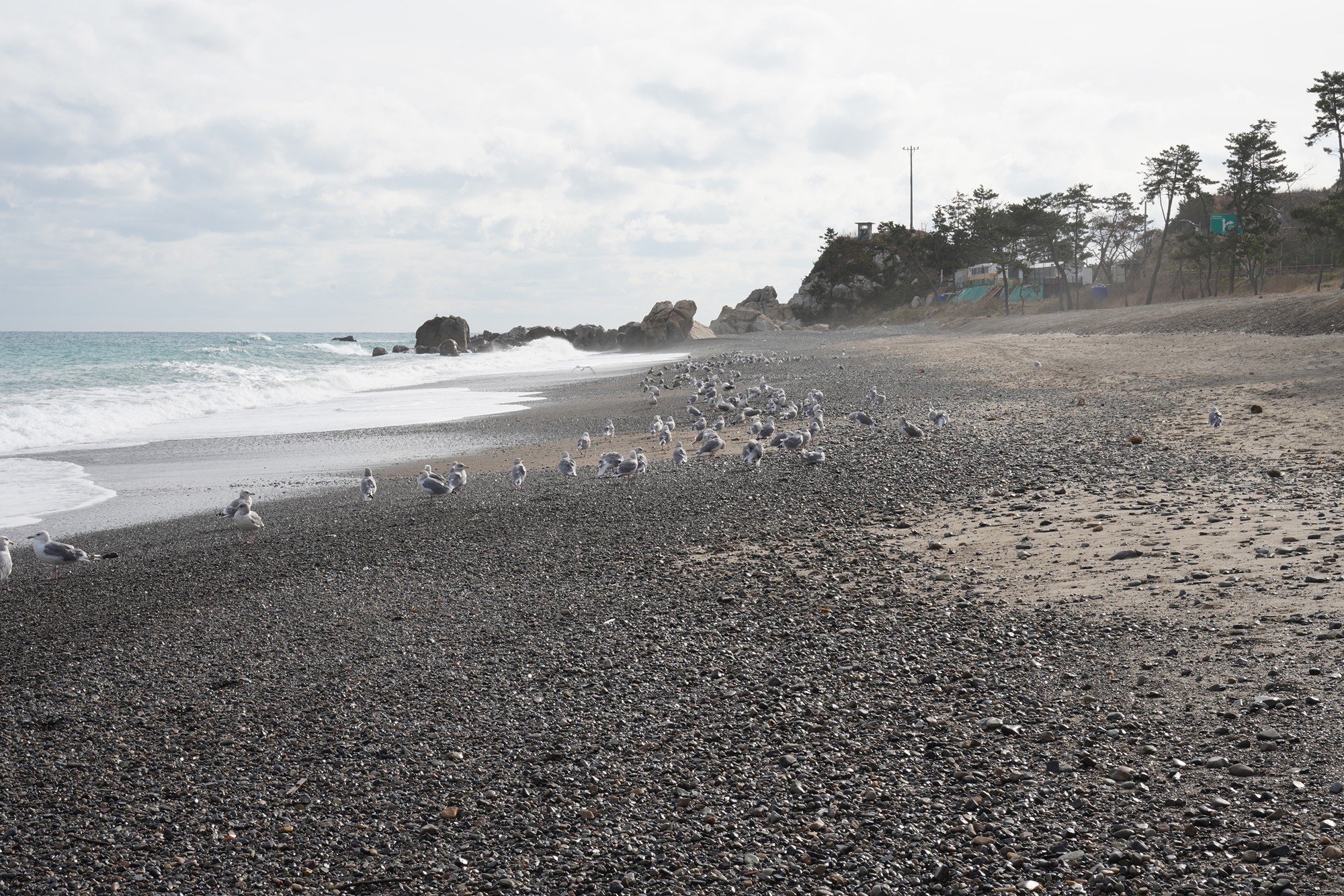
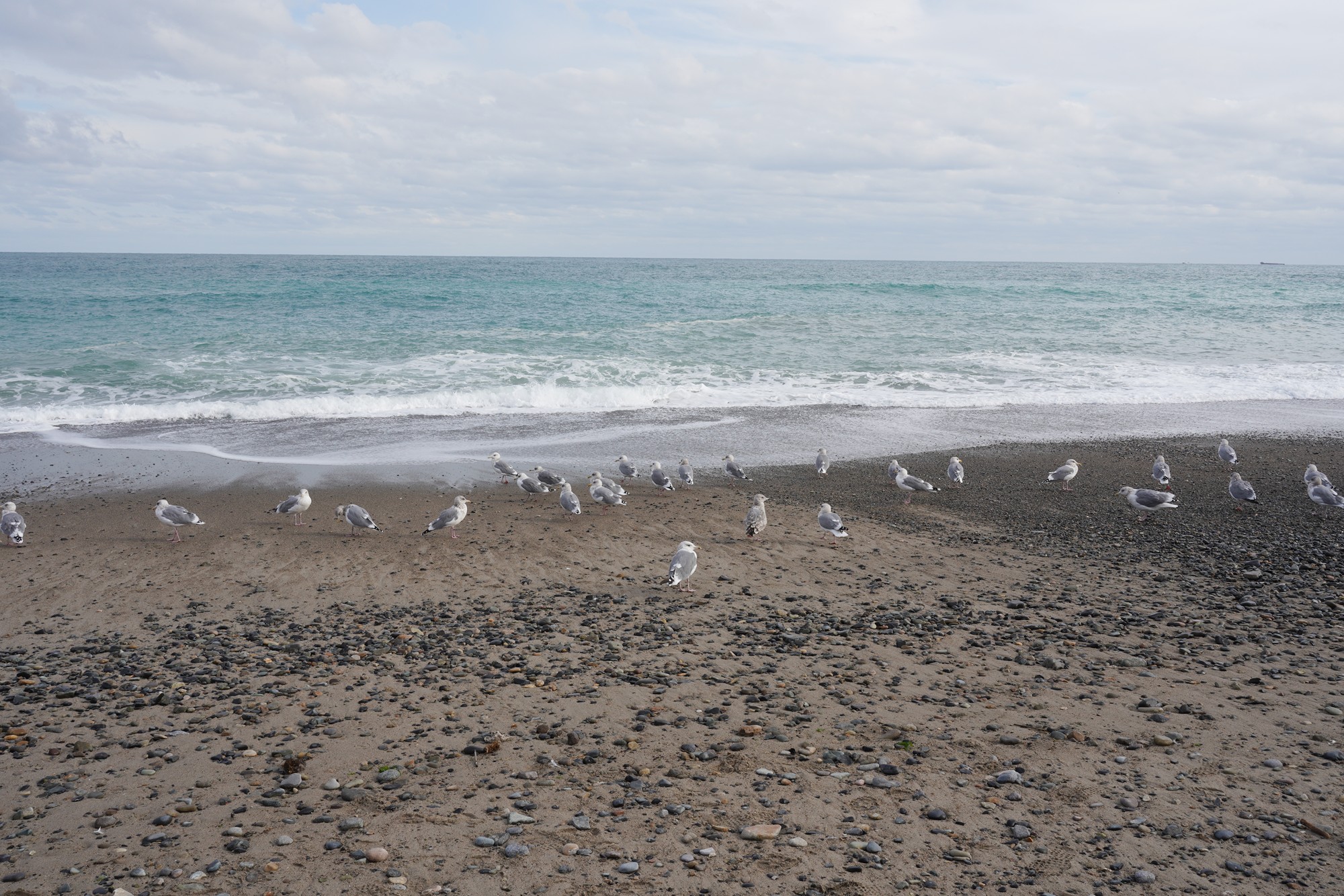
Looking back at the beach

Looking forward
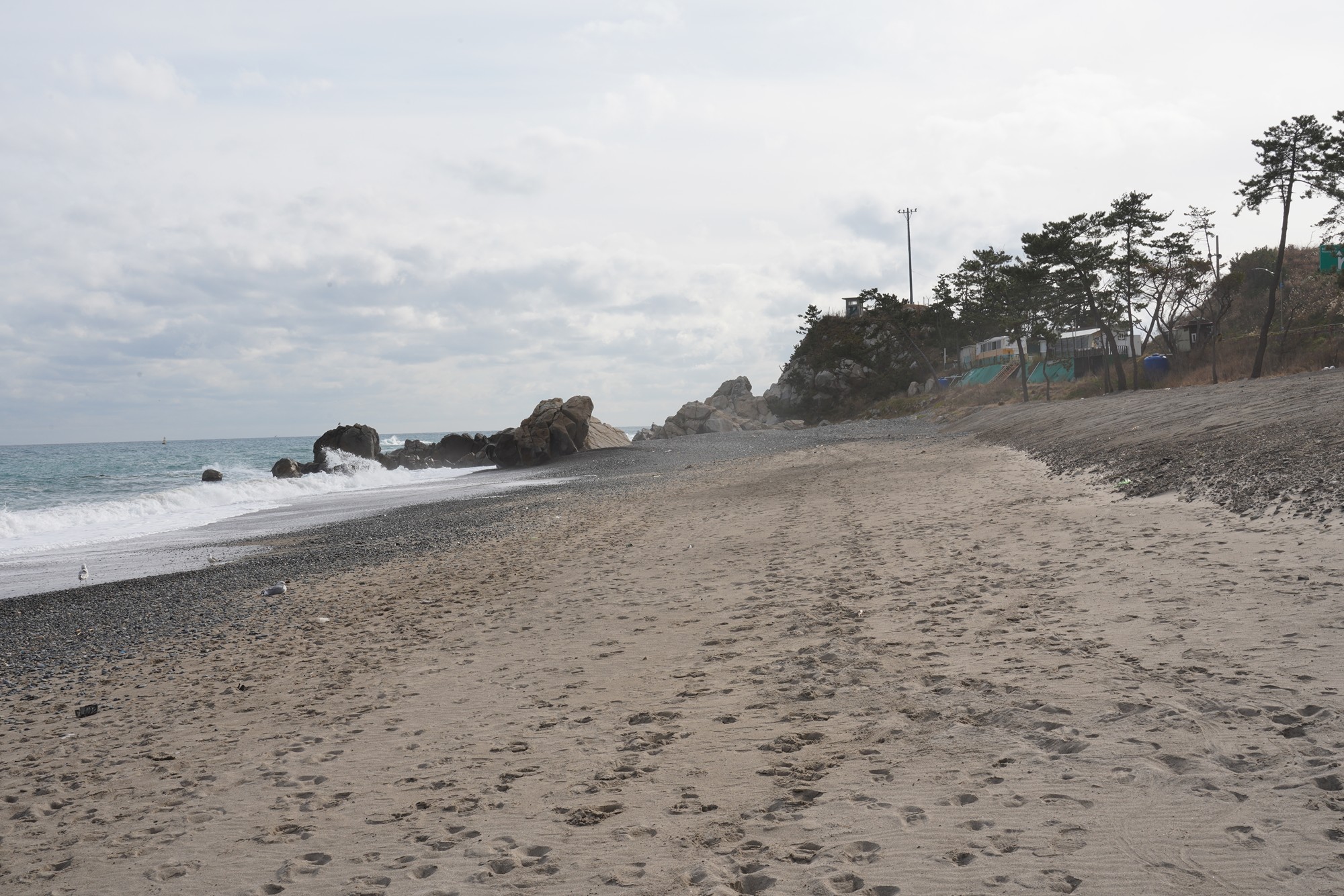
and back again
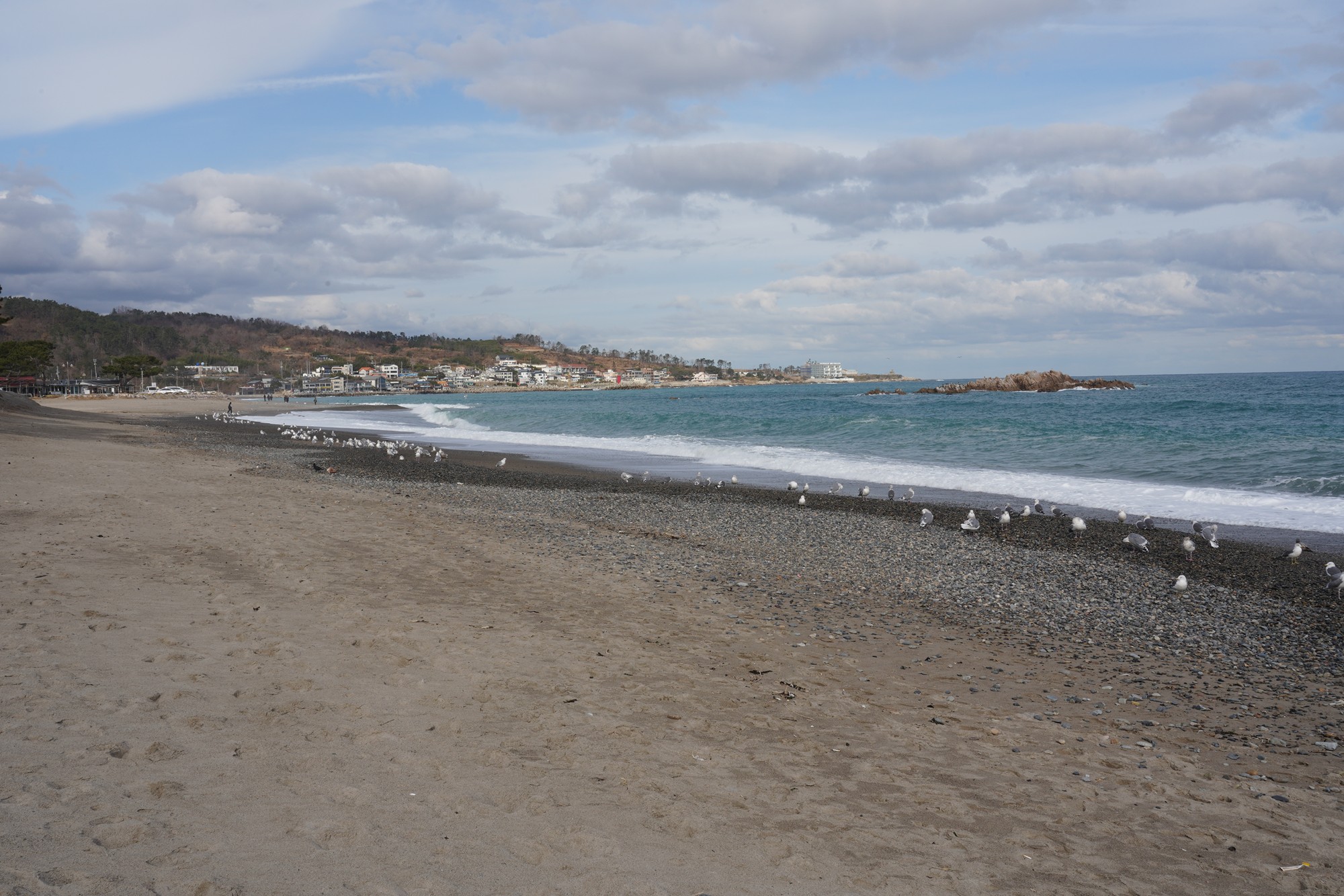
The street next to the ocean, left side

and the right side
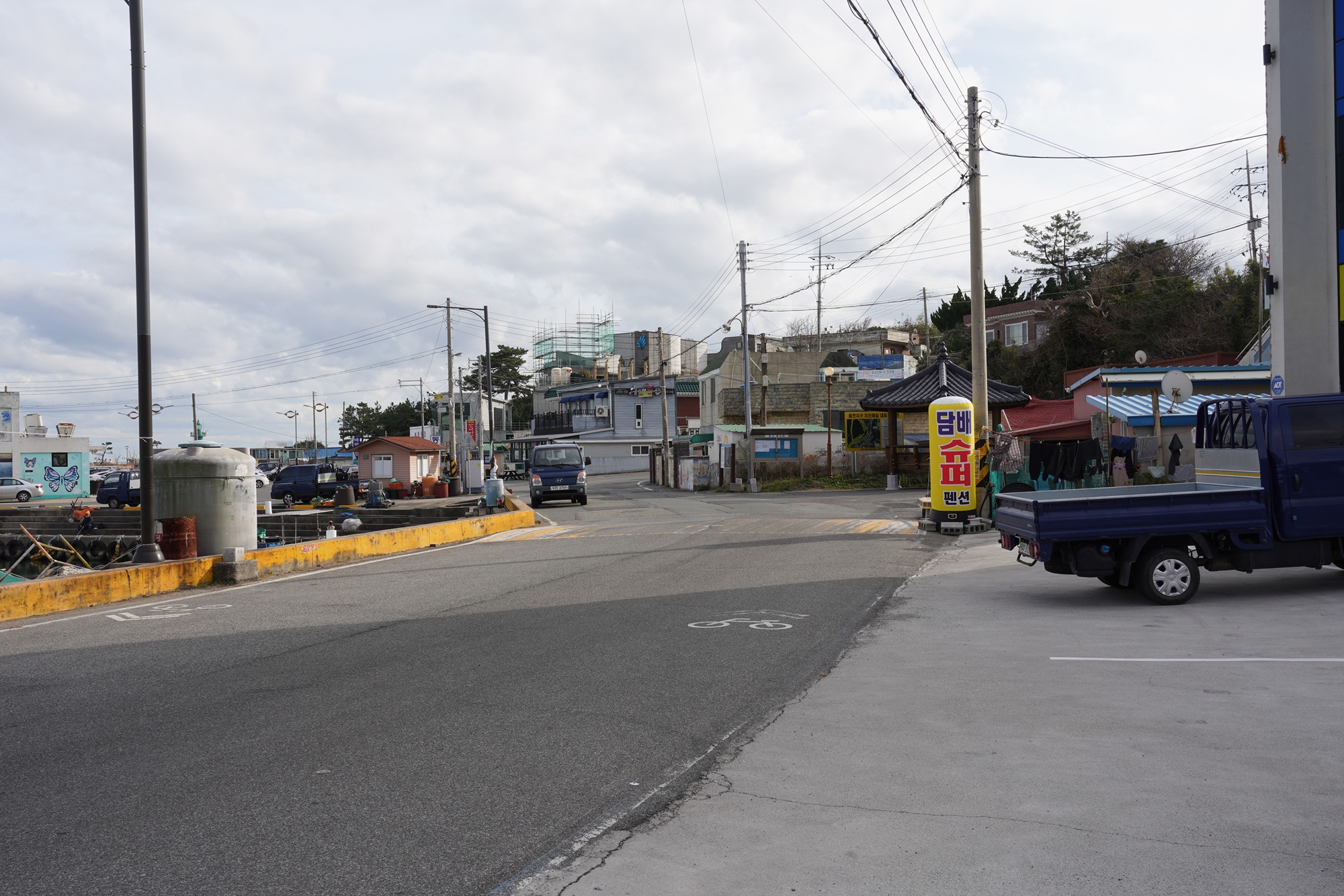
I took a bus from the beach to the Padosori-gil Coastal trail starting point. It is a tiny fishing village.
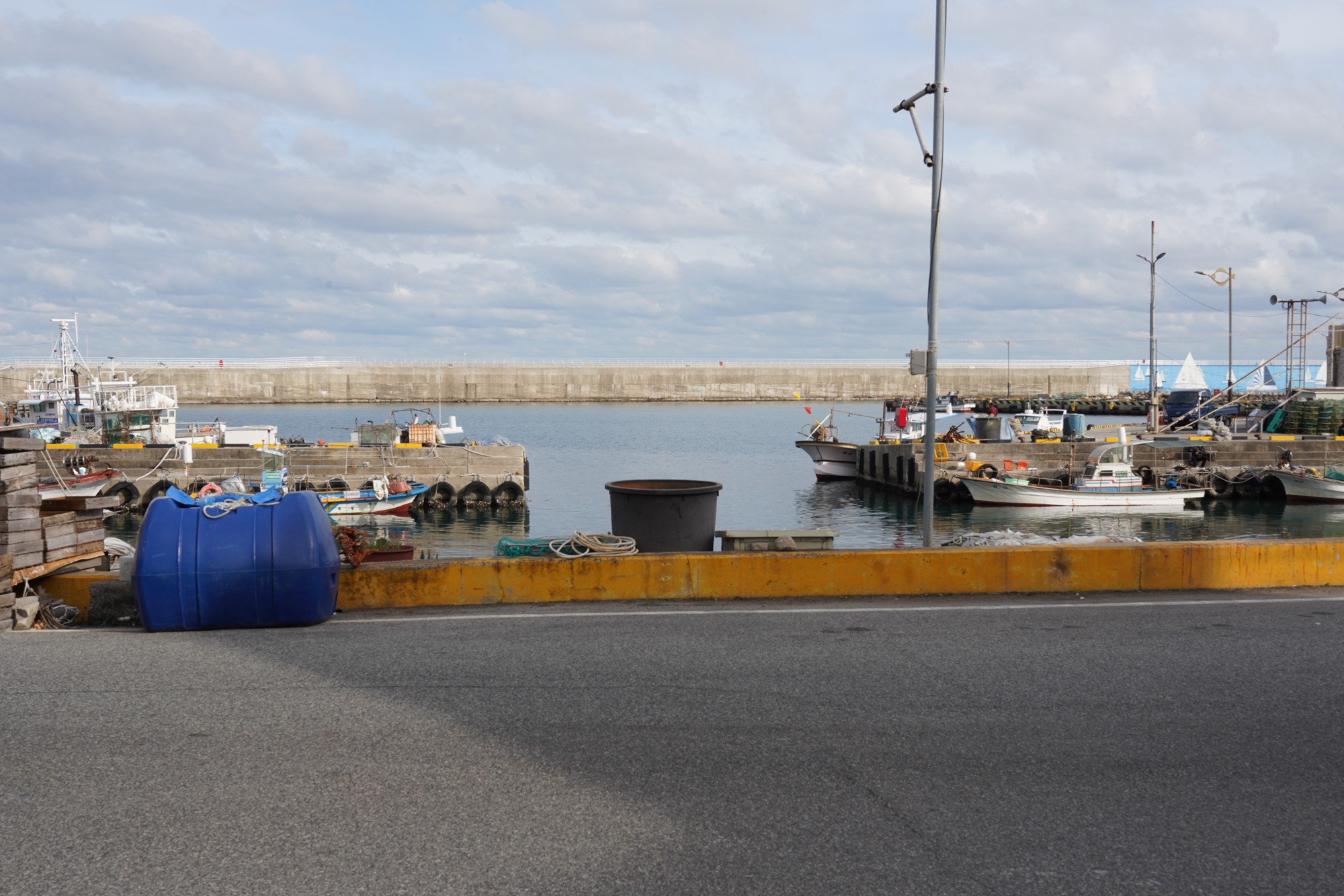
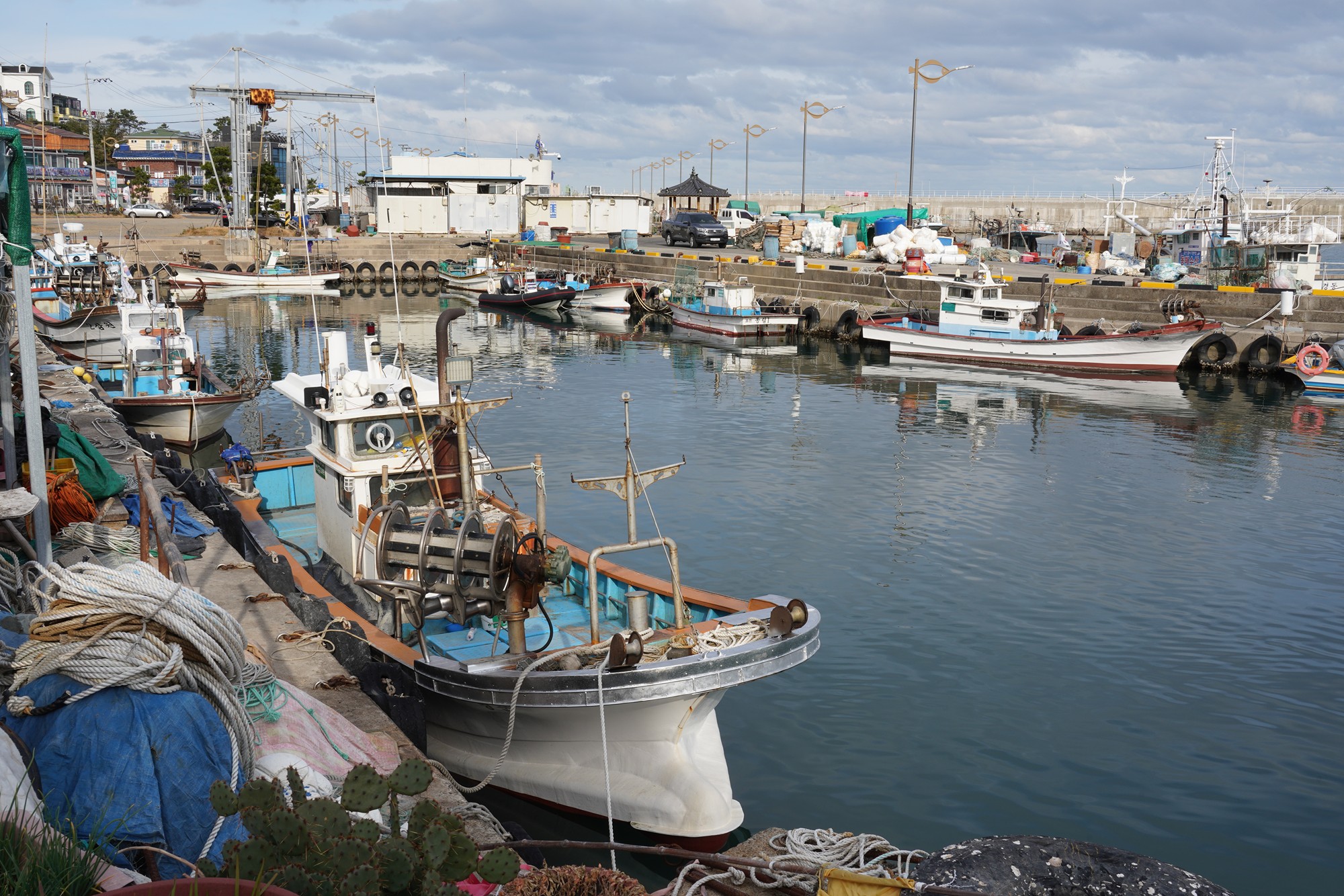
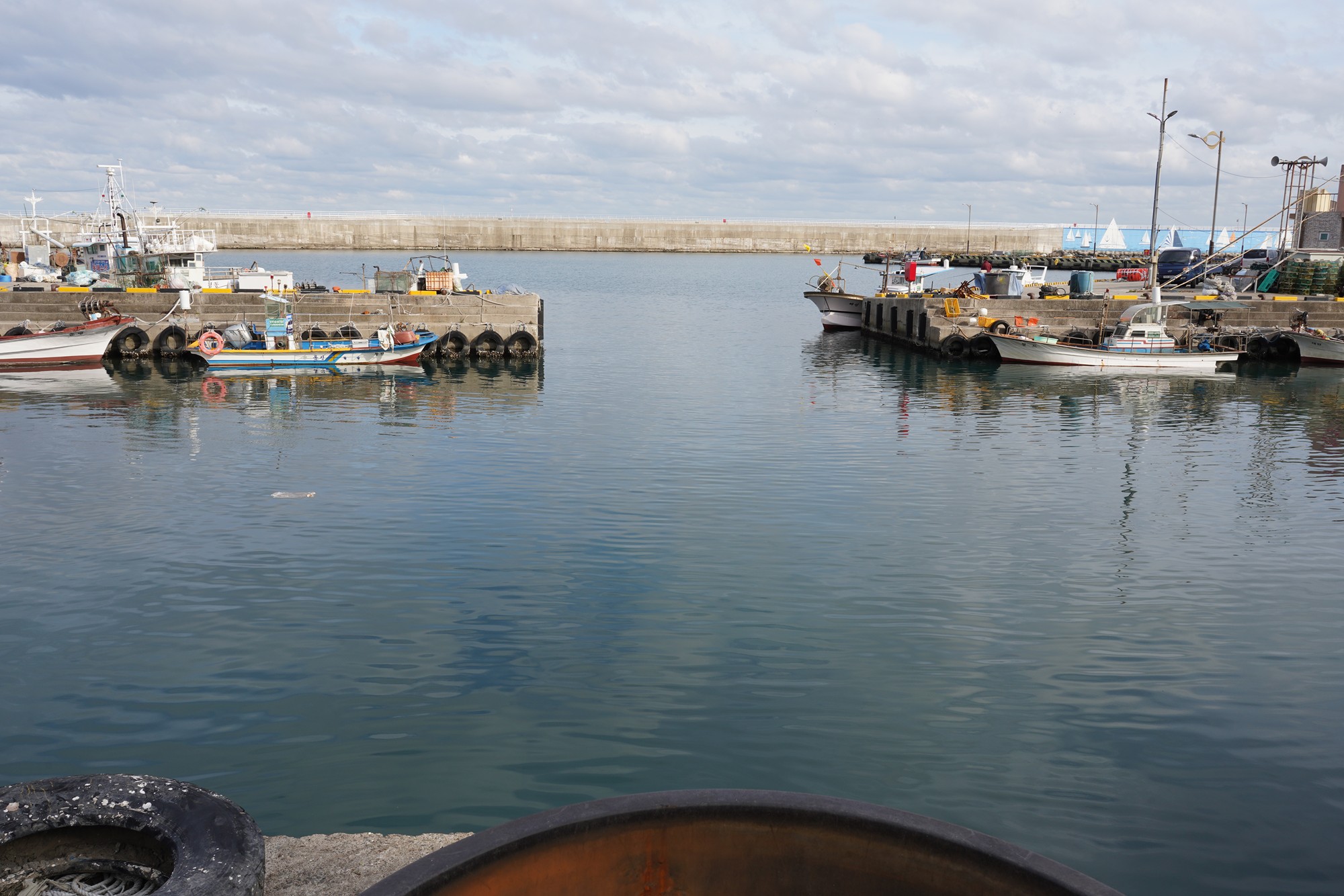
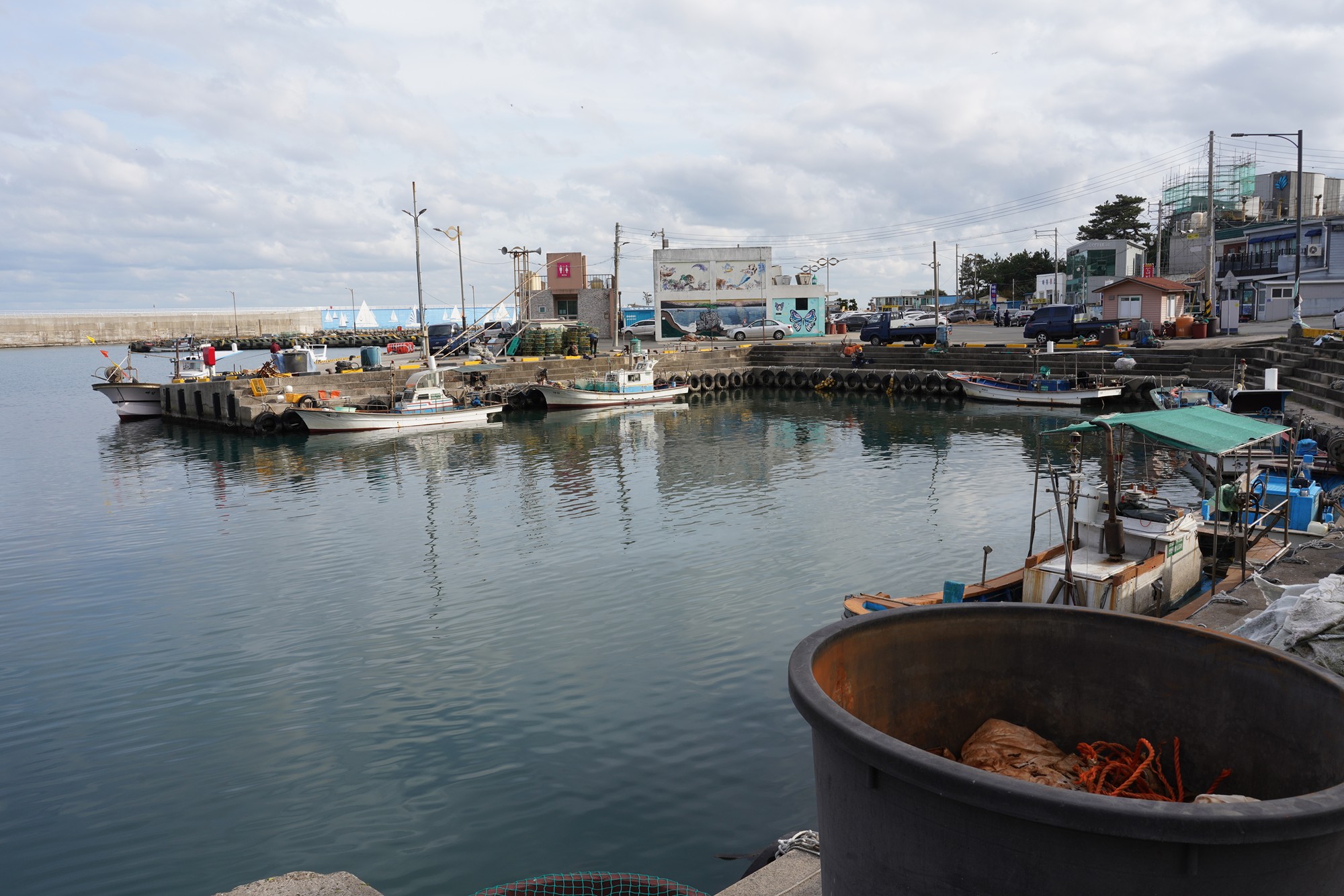
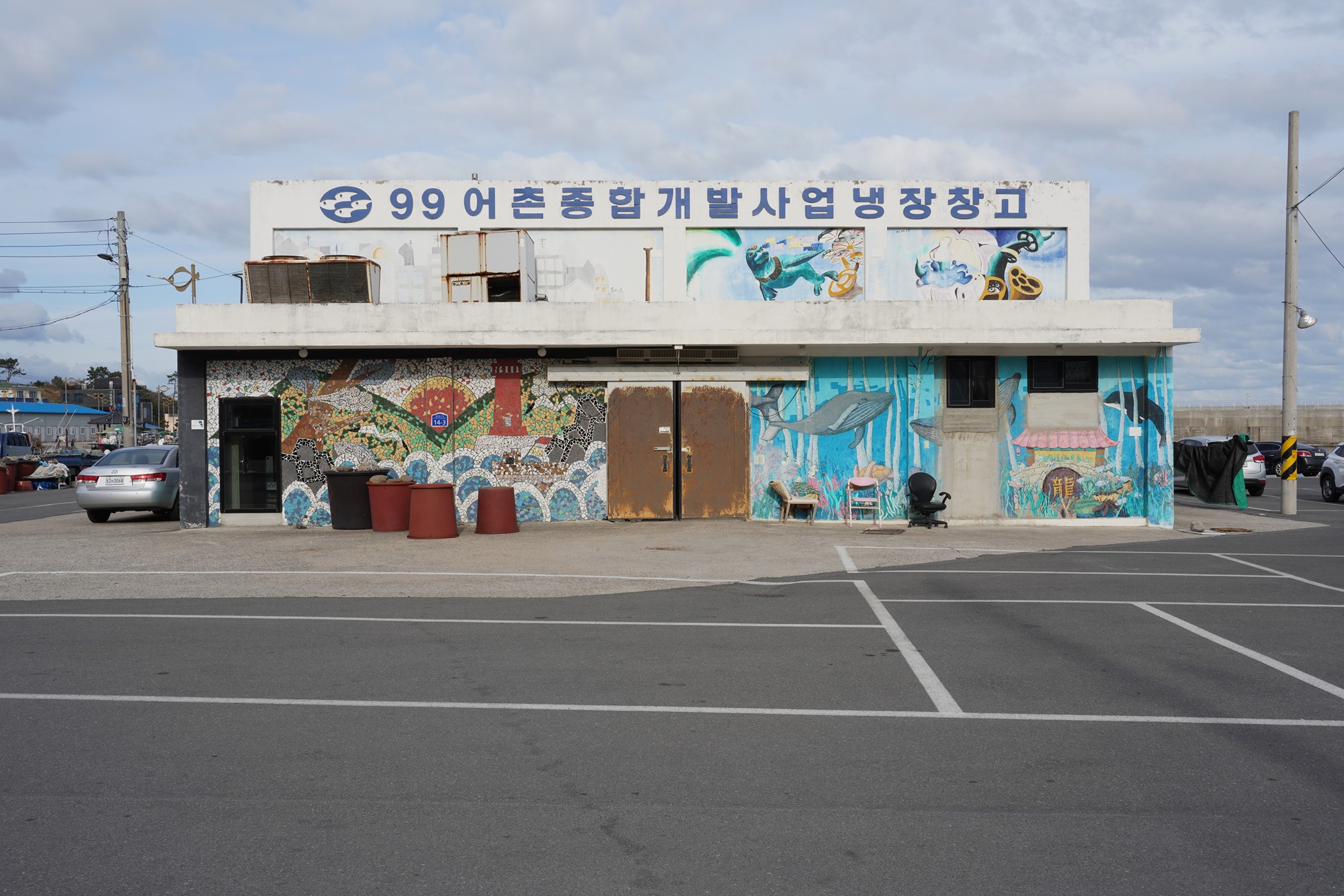
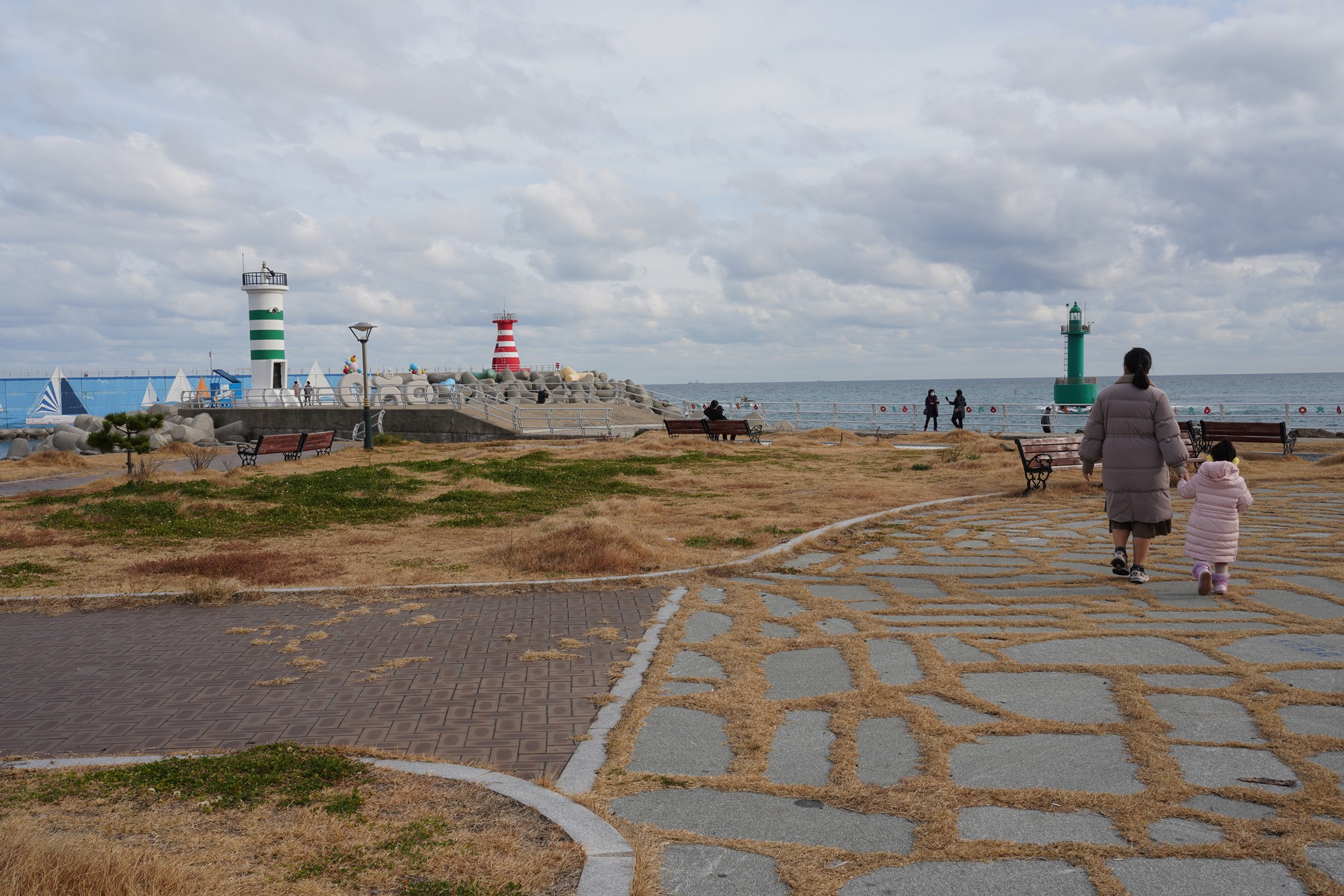
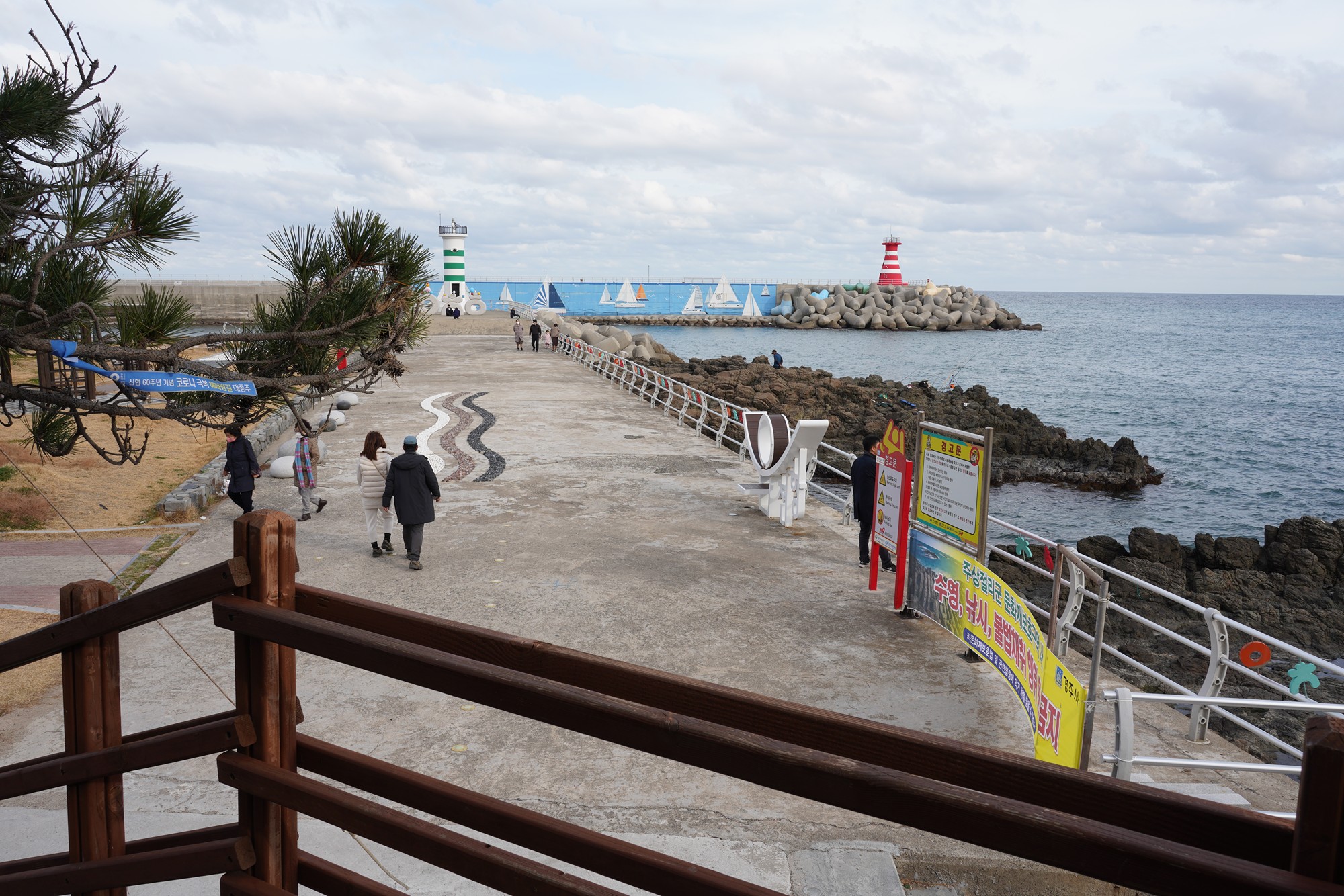
On the trail
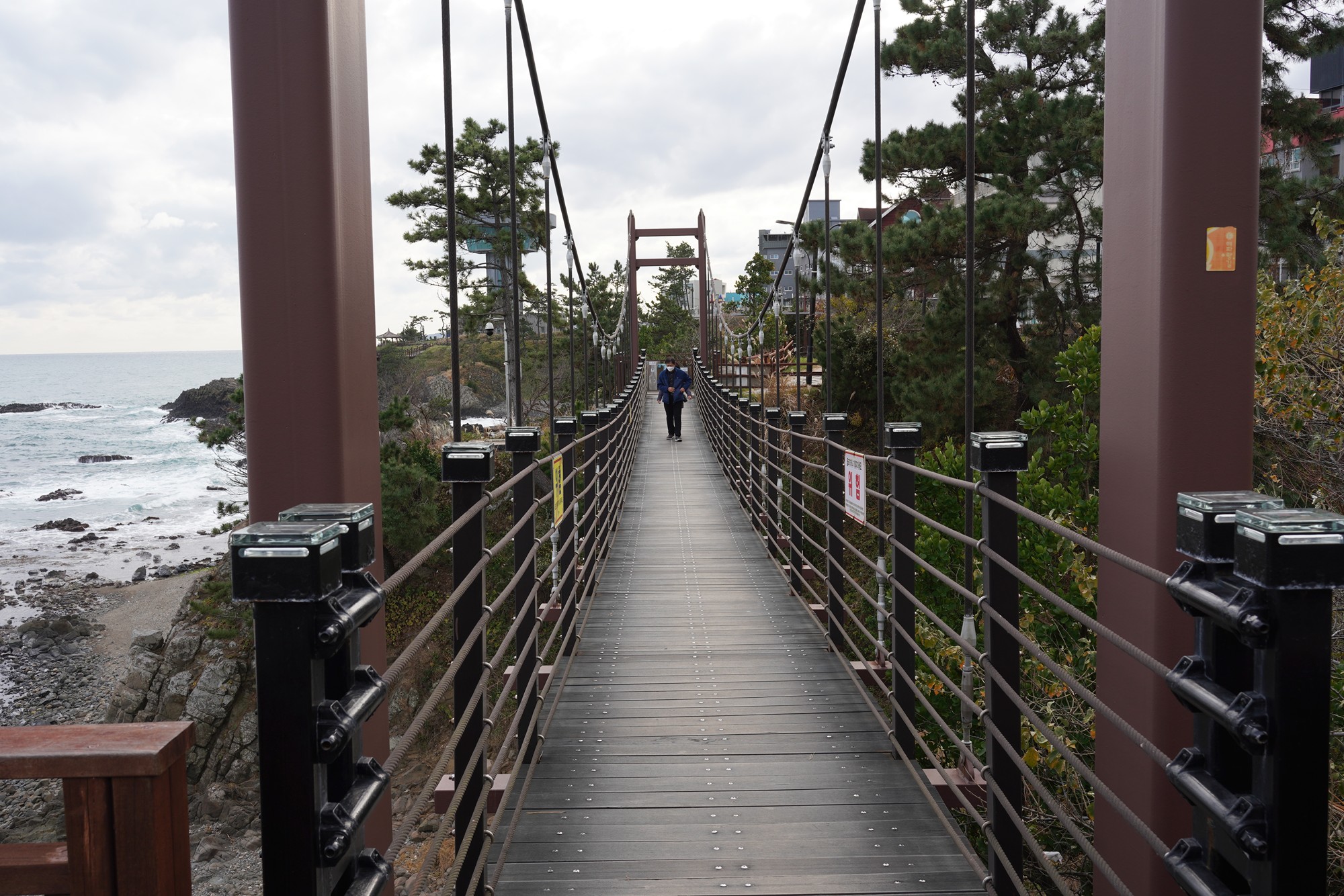
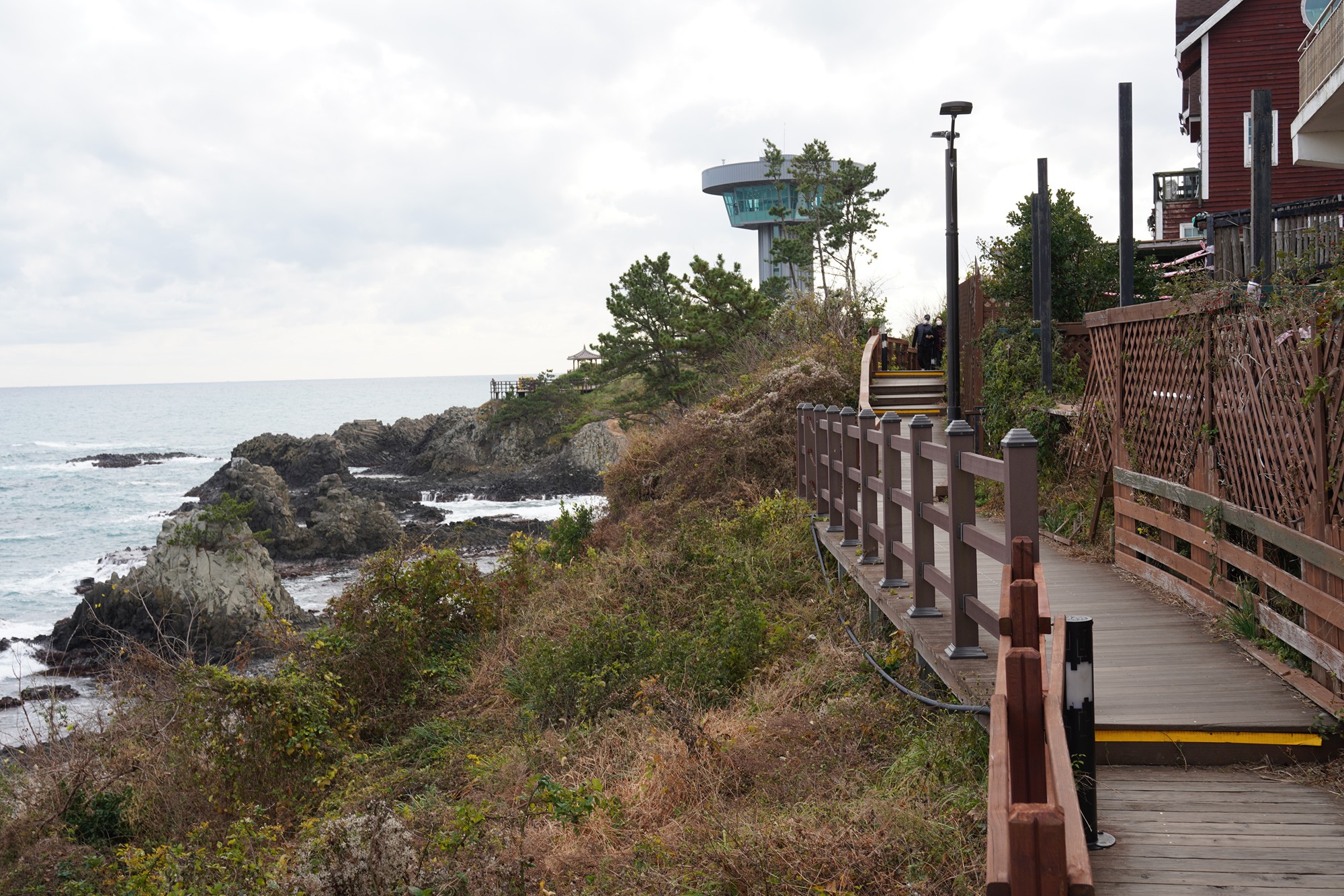
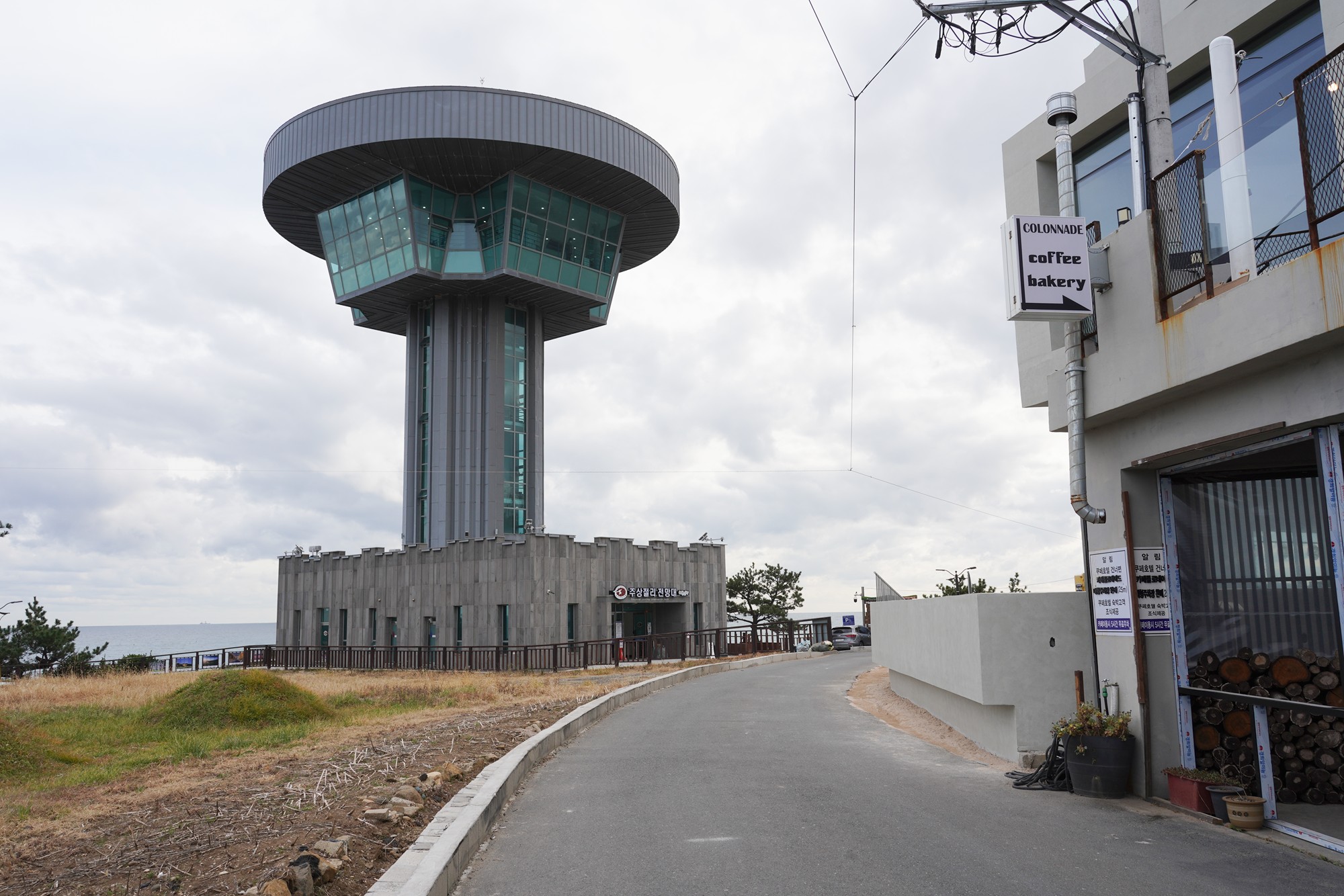
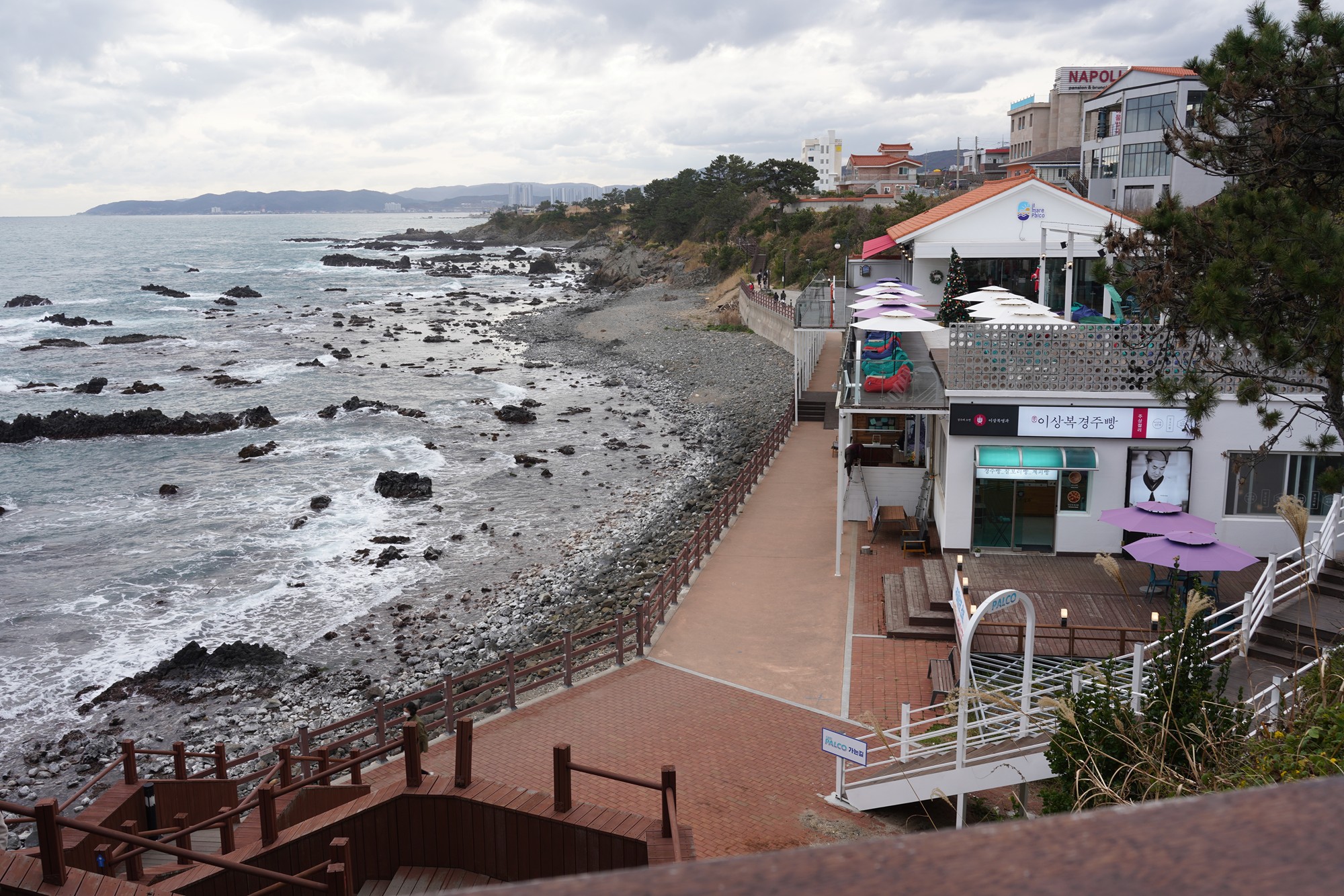
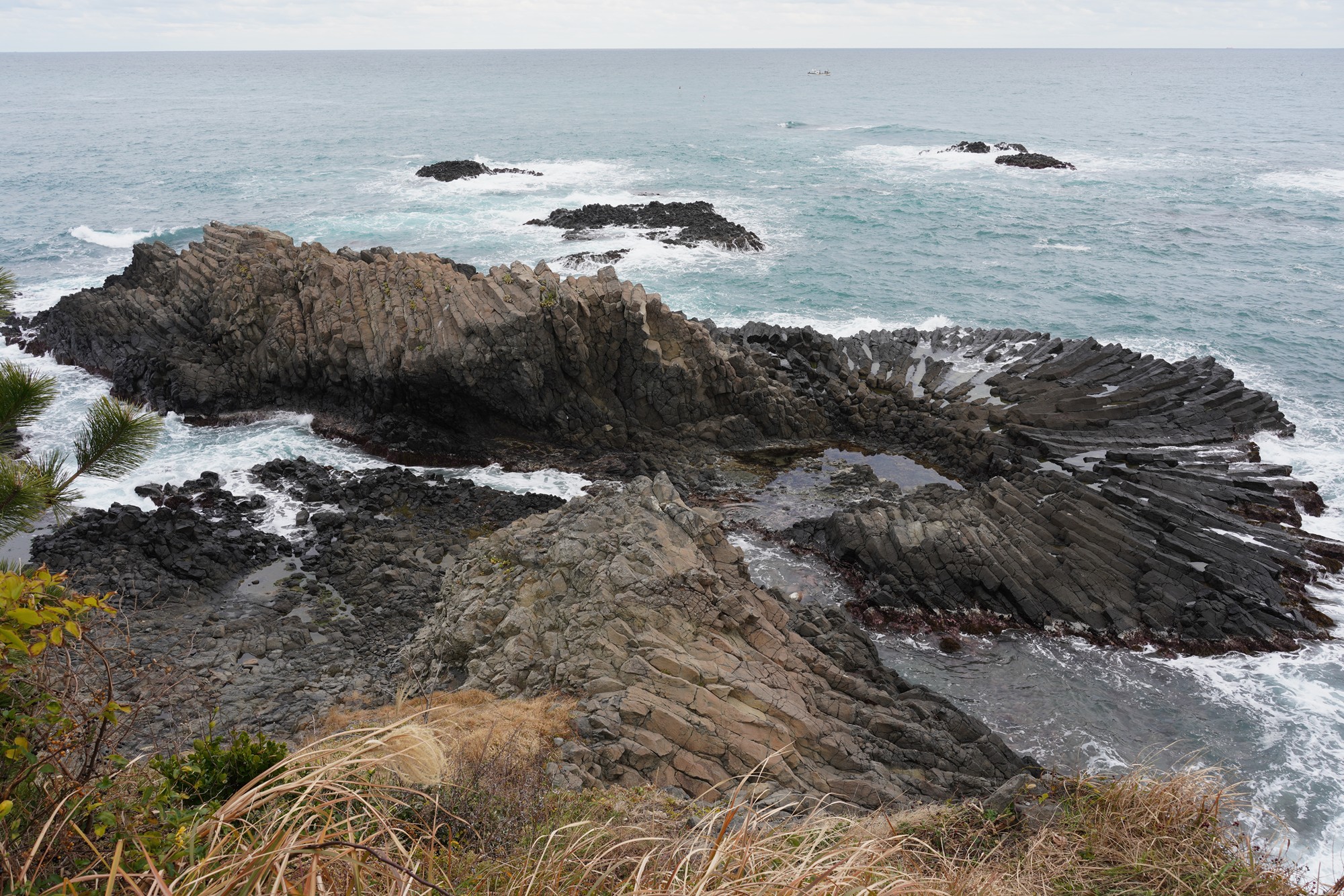
About 20 million years ago, basaltic lava erupted from underground flows this area. It suddenly cooled down making various types of columnar joint. Hot lava contracts as it cools. As it contracts, cracks, ideally hexagonal, are formed among the circles.
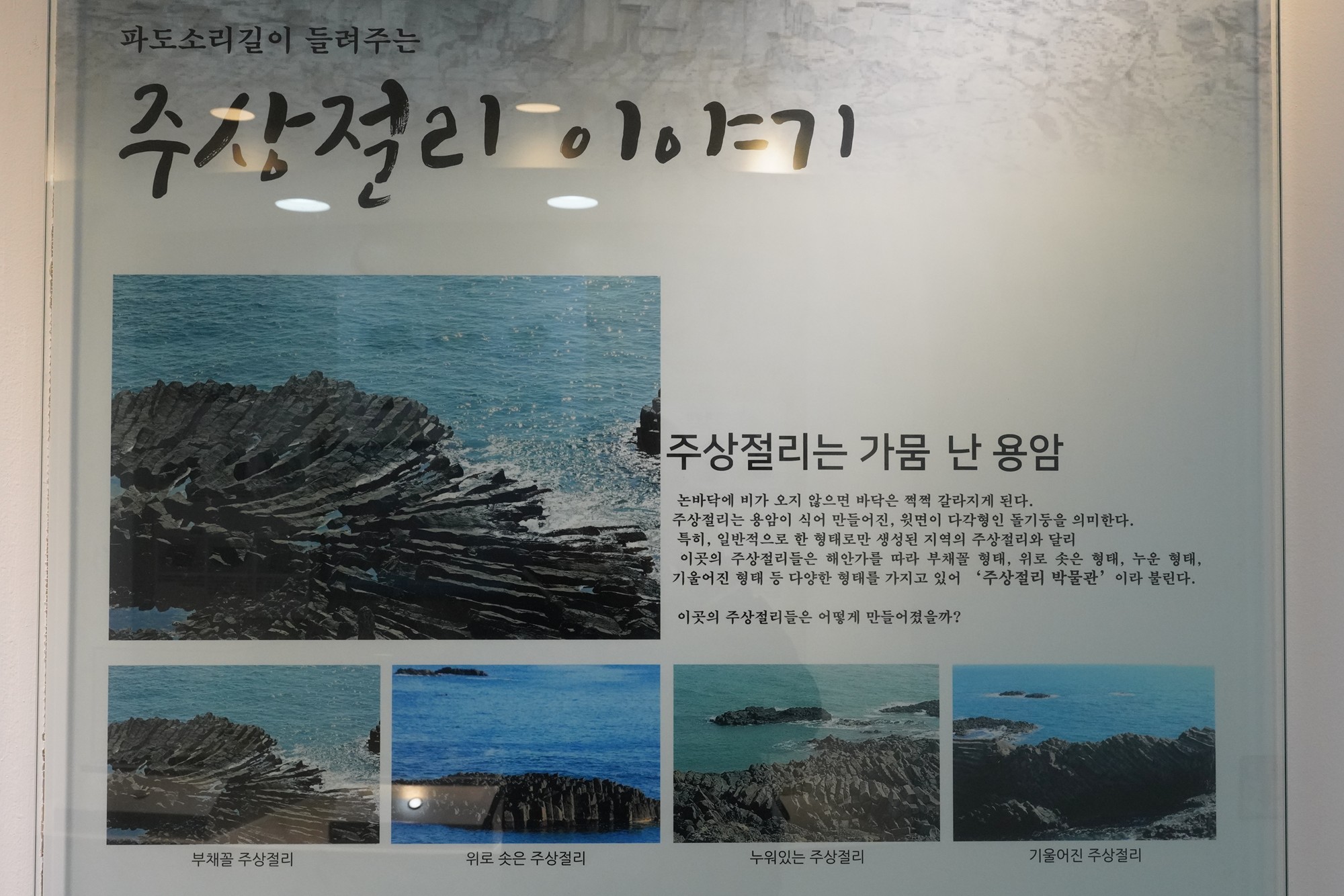
Explains how hexagon is formed.
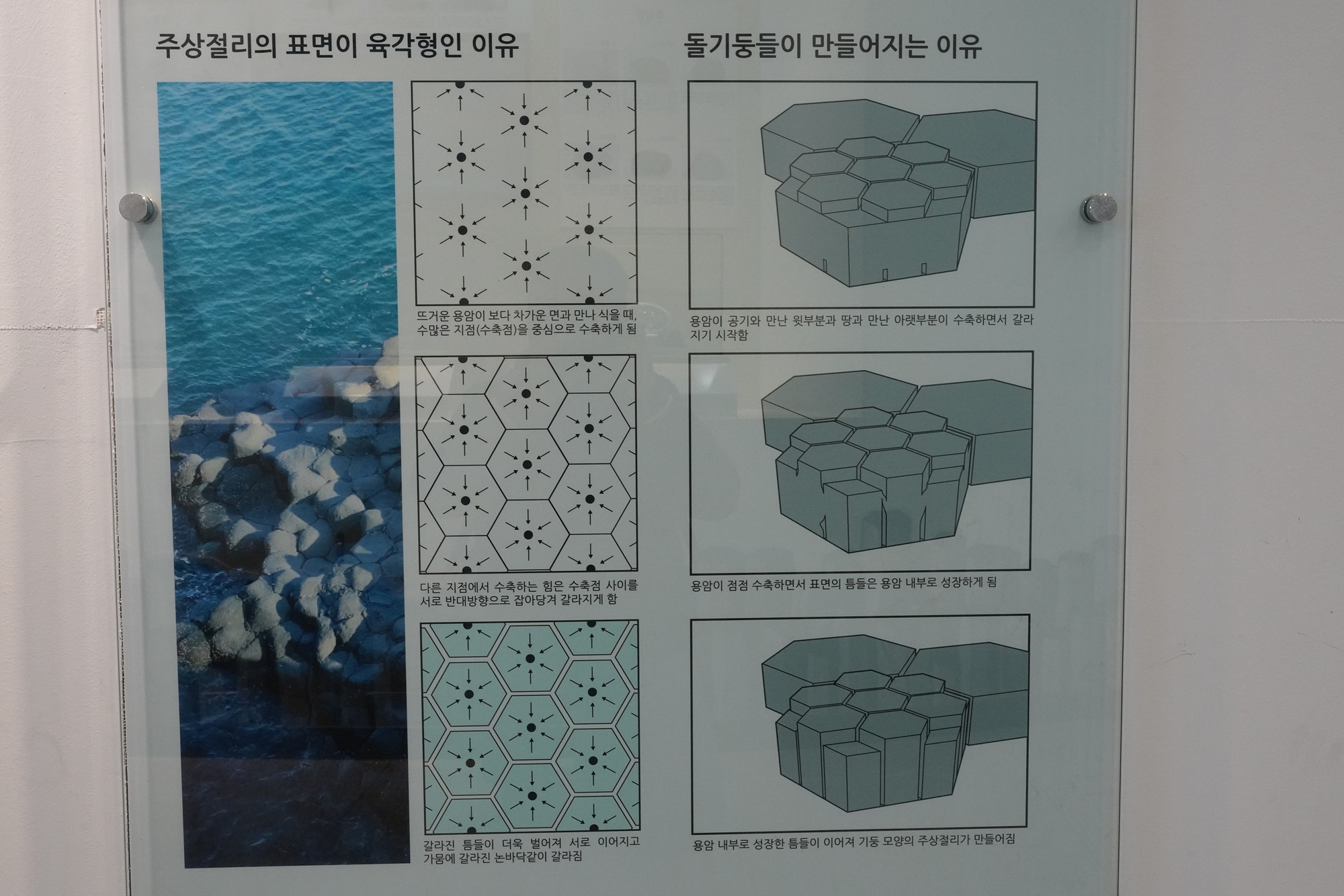
Many hexagon-shaped volcanic rods can be found in this trail: one is straight up, one is lied down, and another is shaped like a fan.
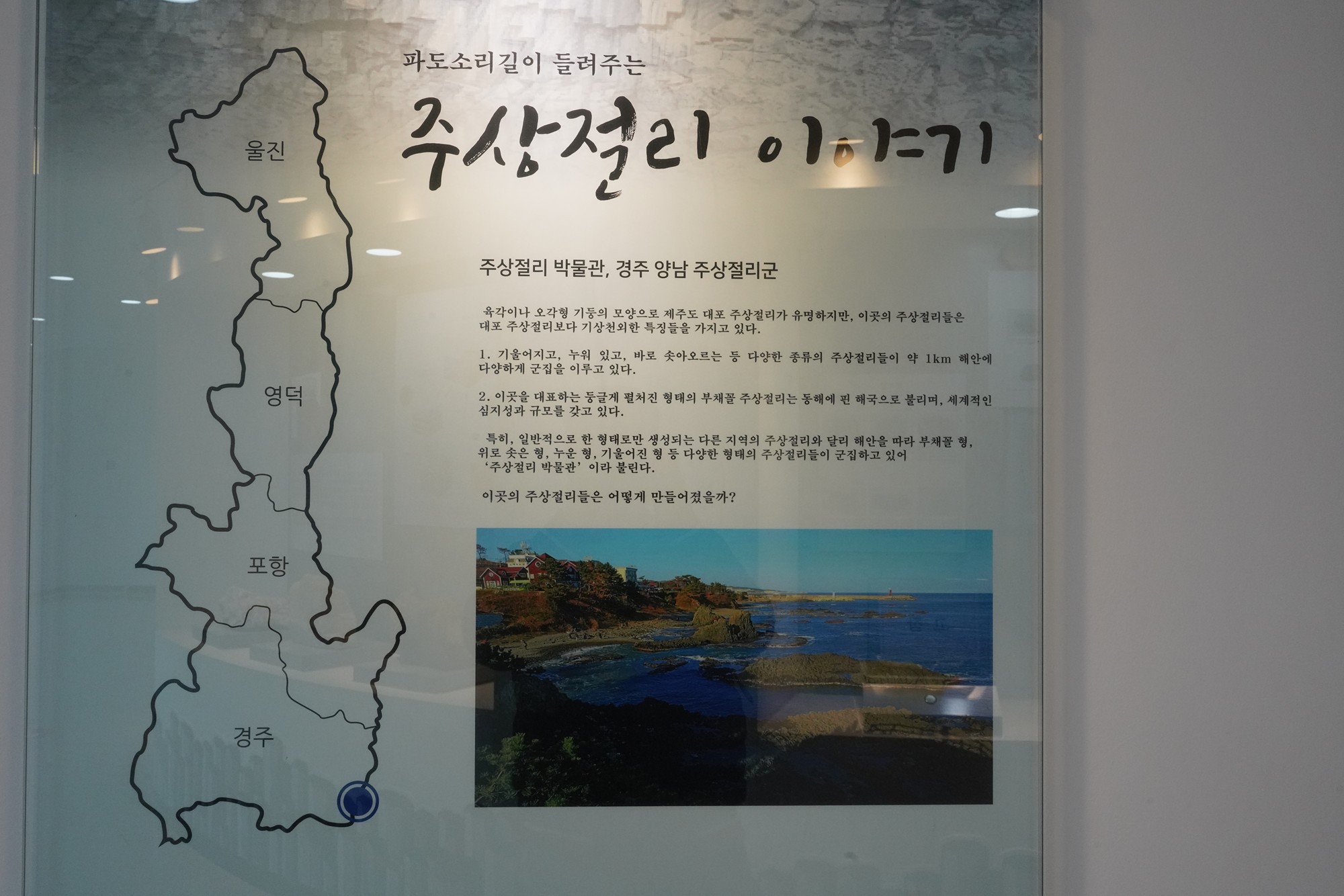
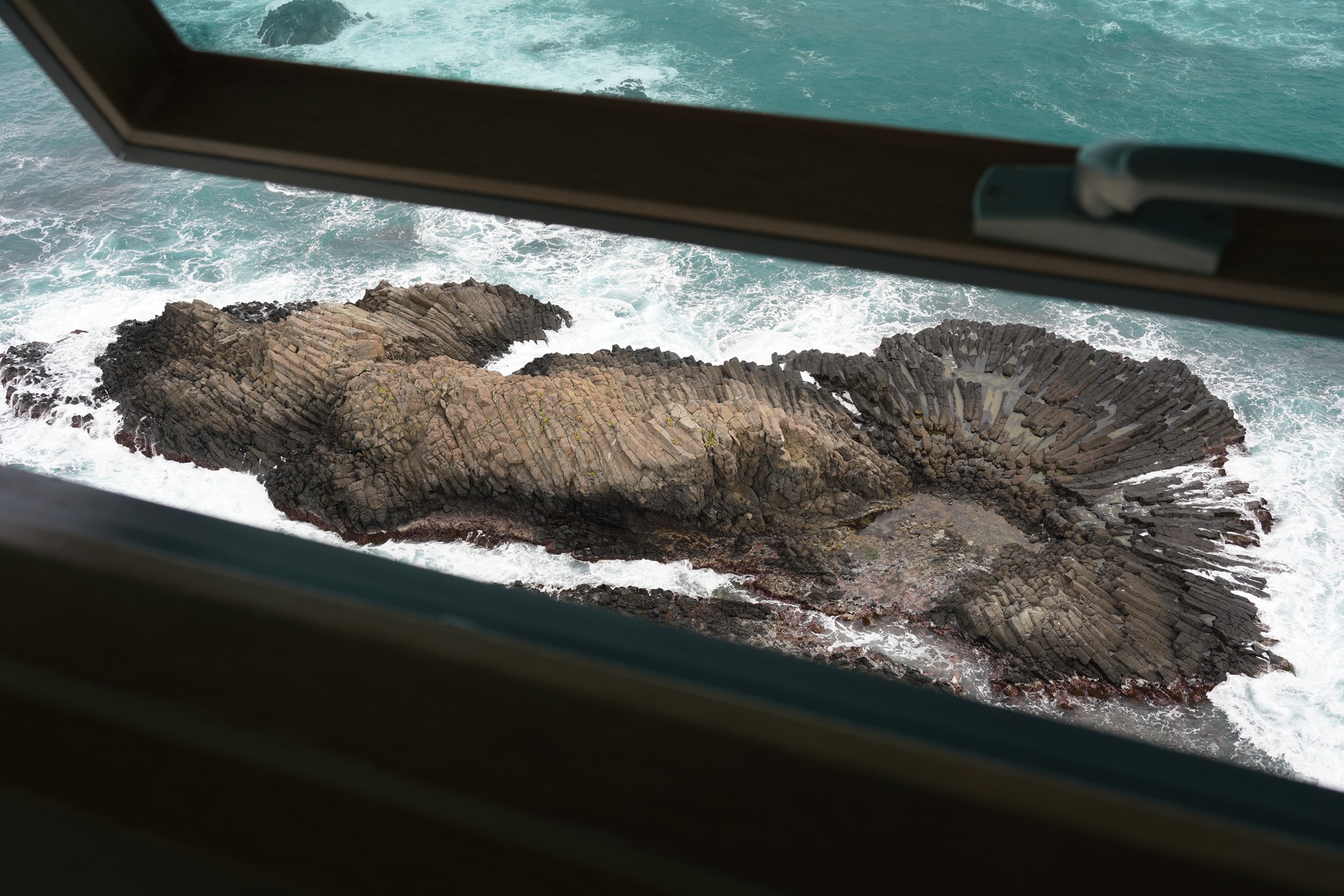
Continuing the trail
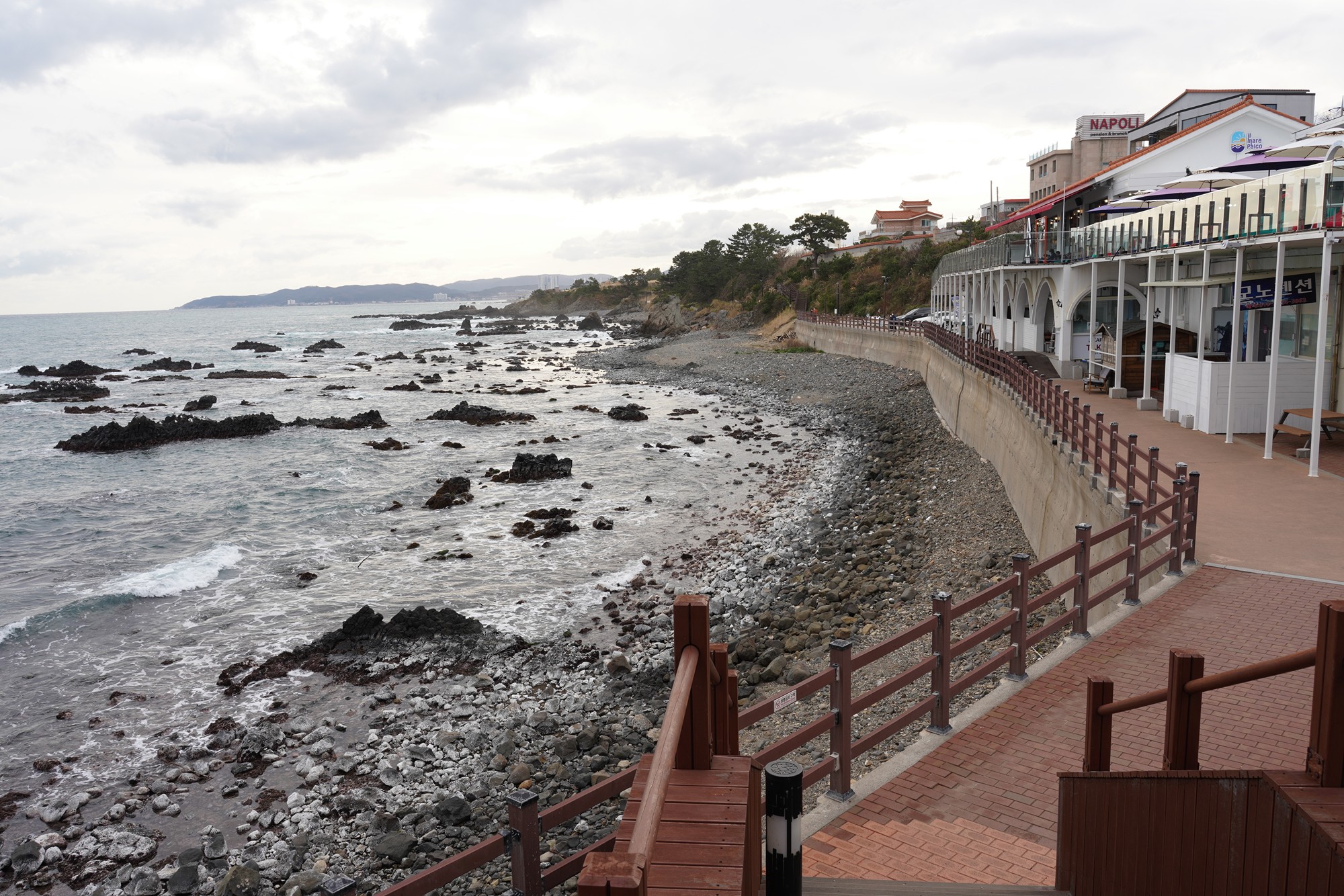
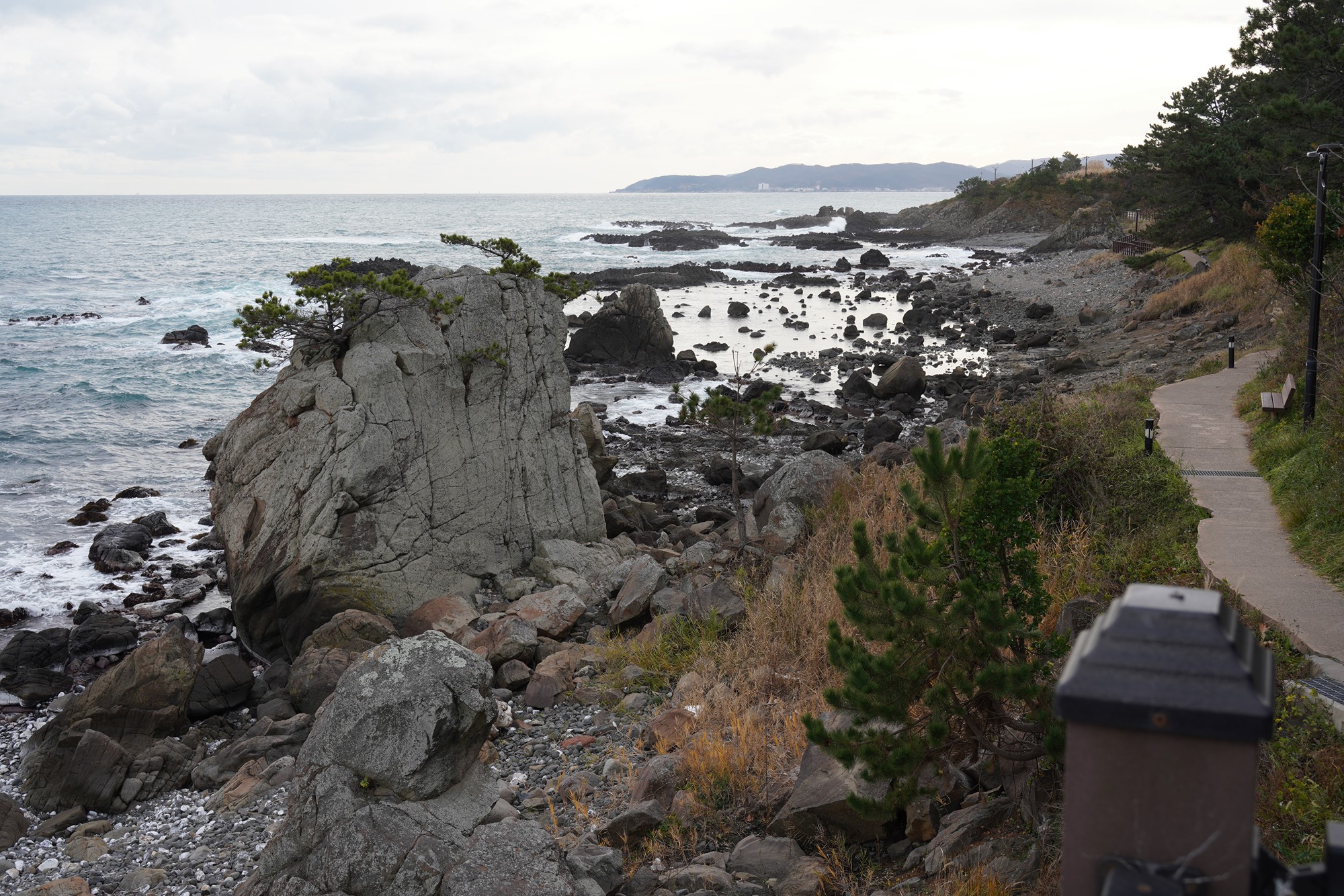
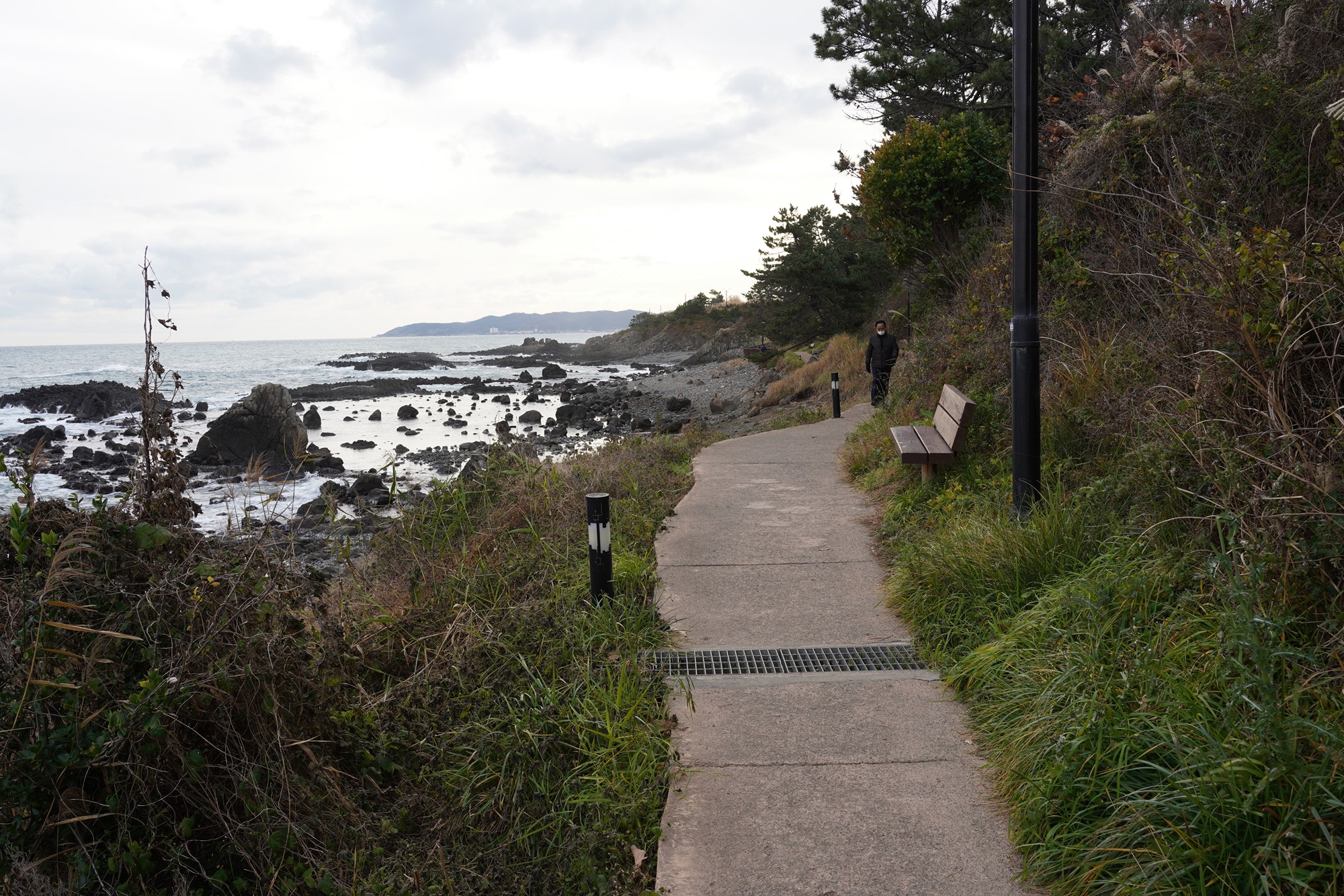
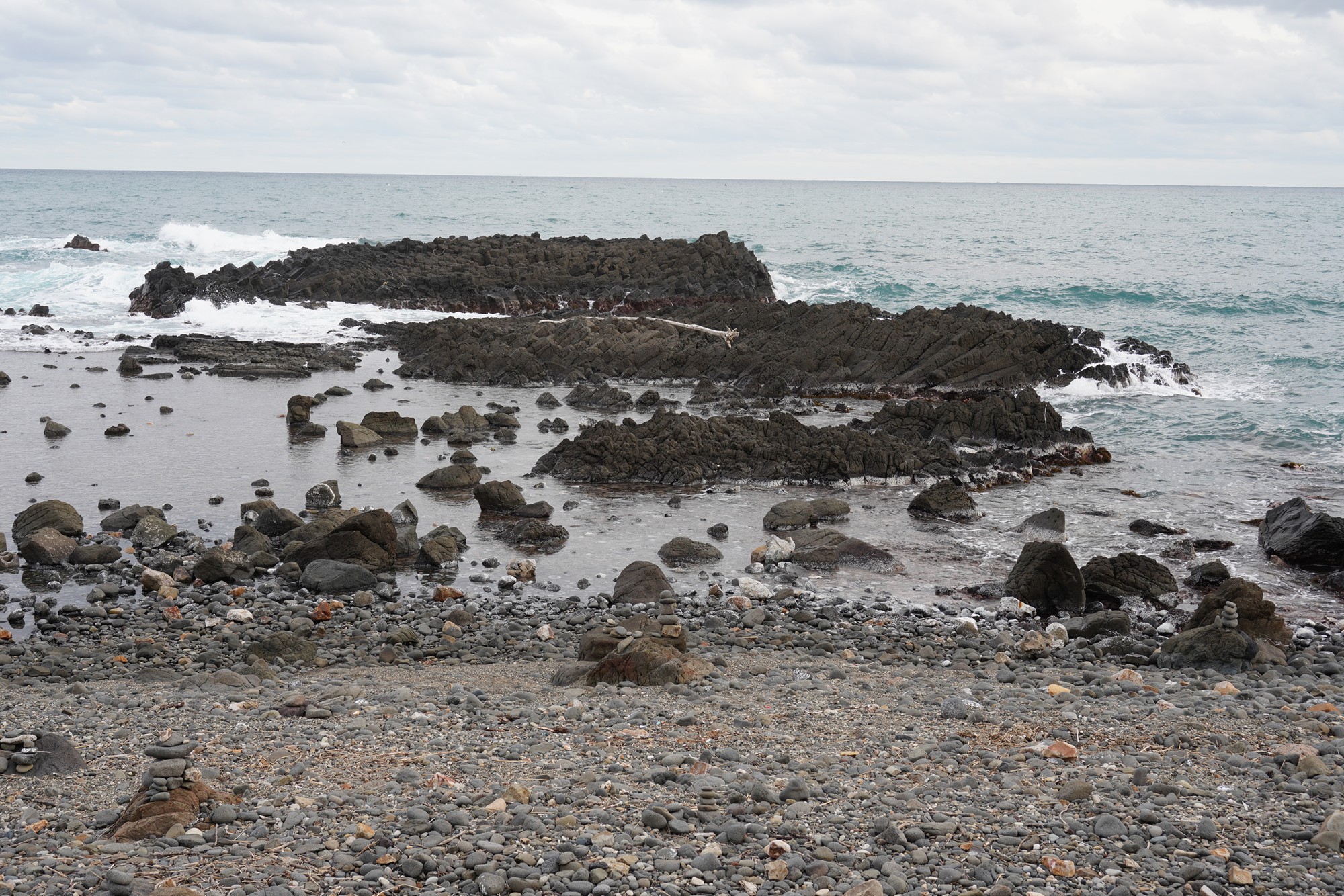
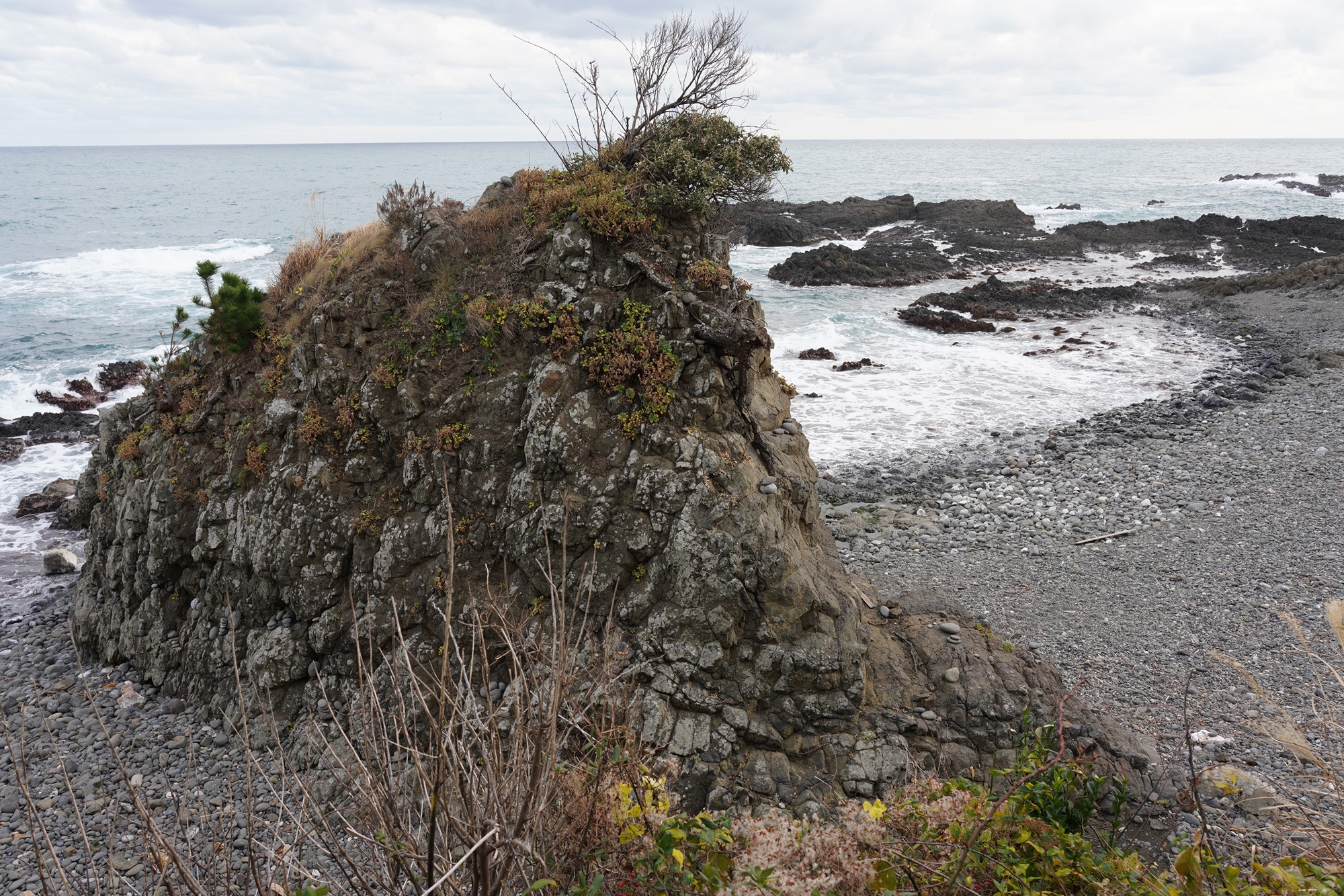

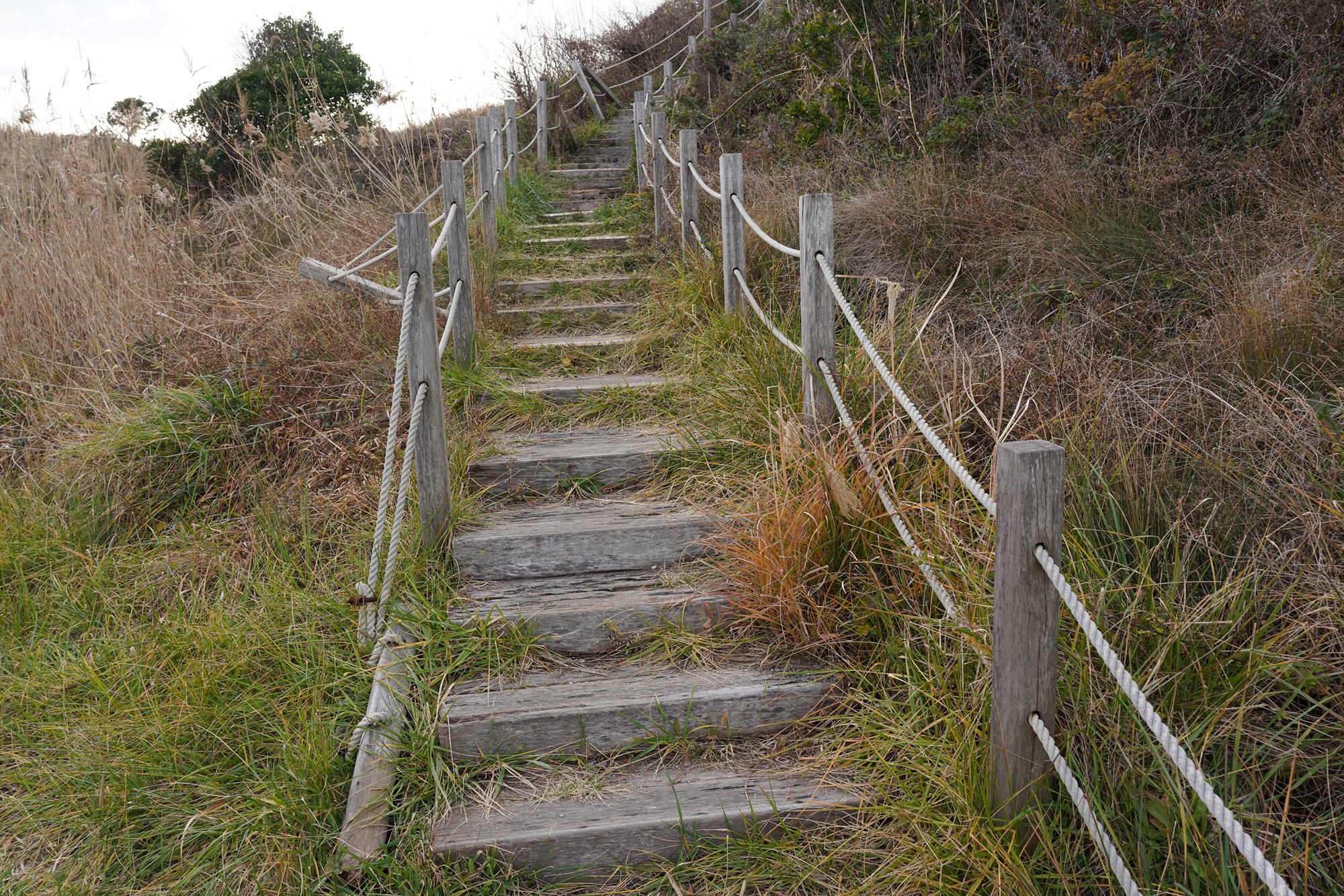
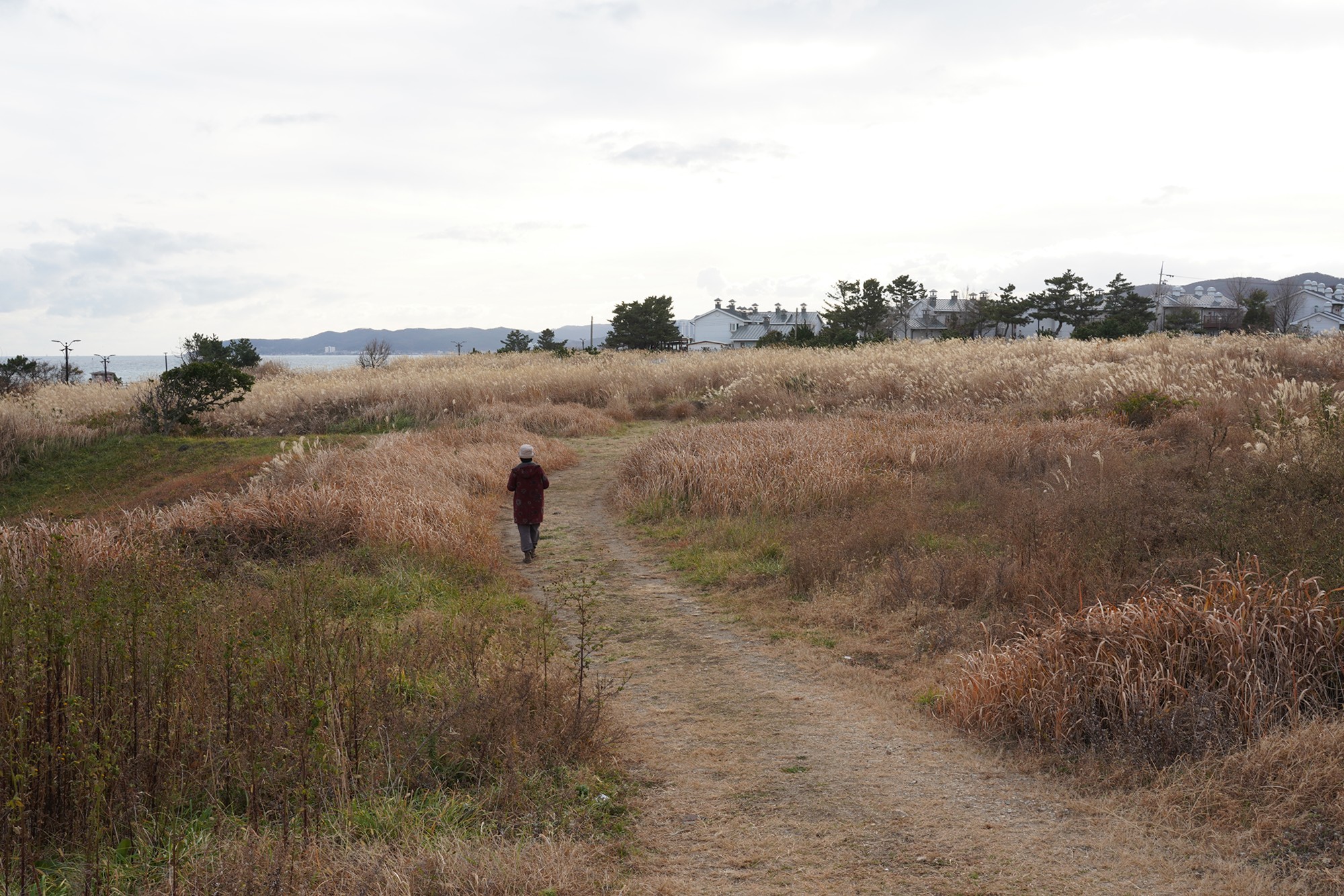
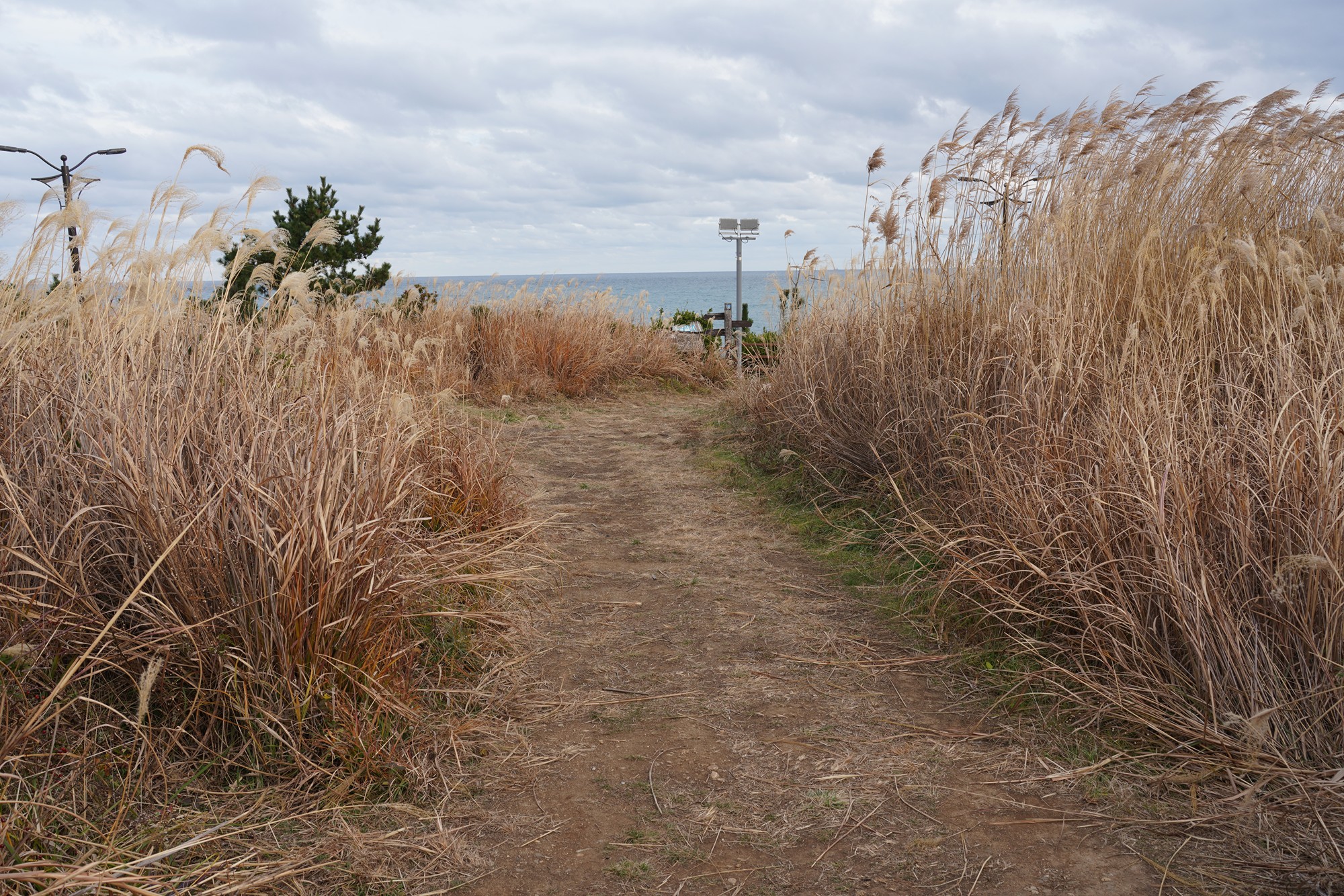

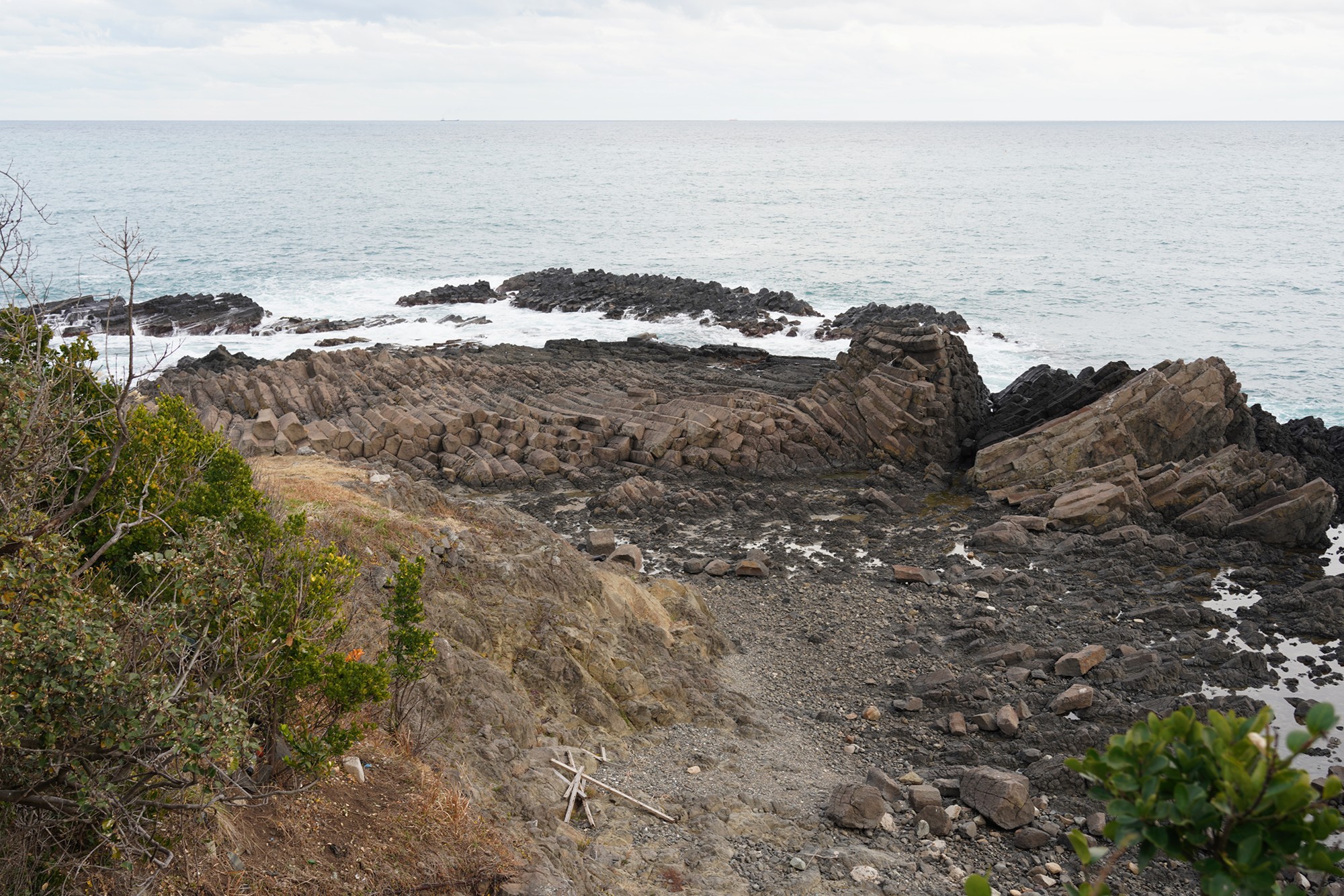
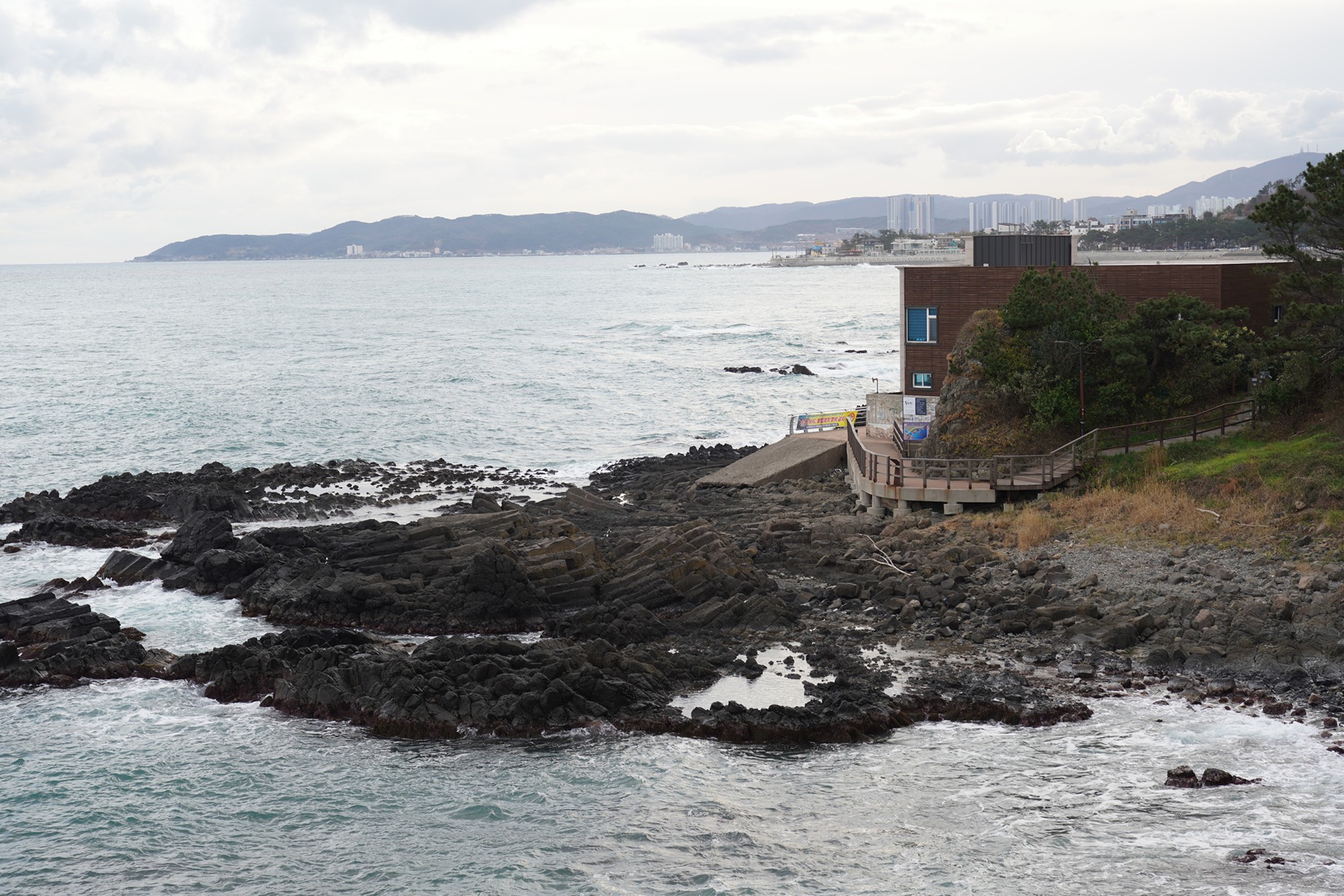
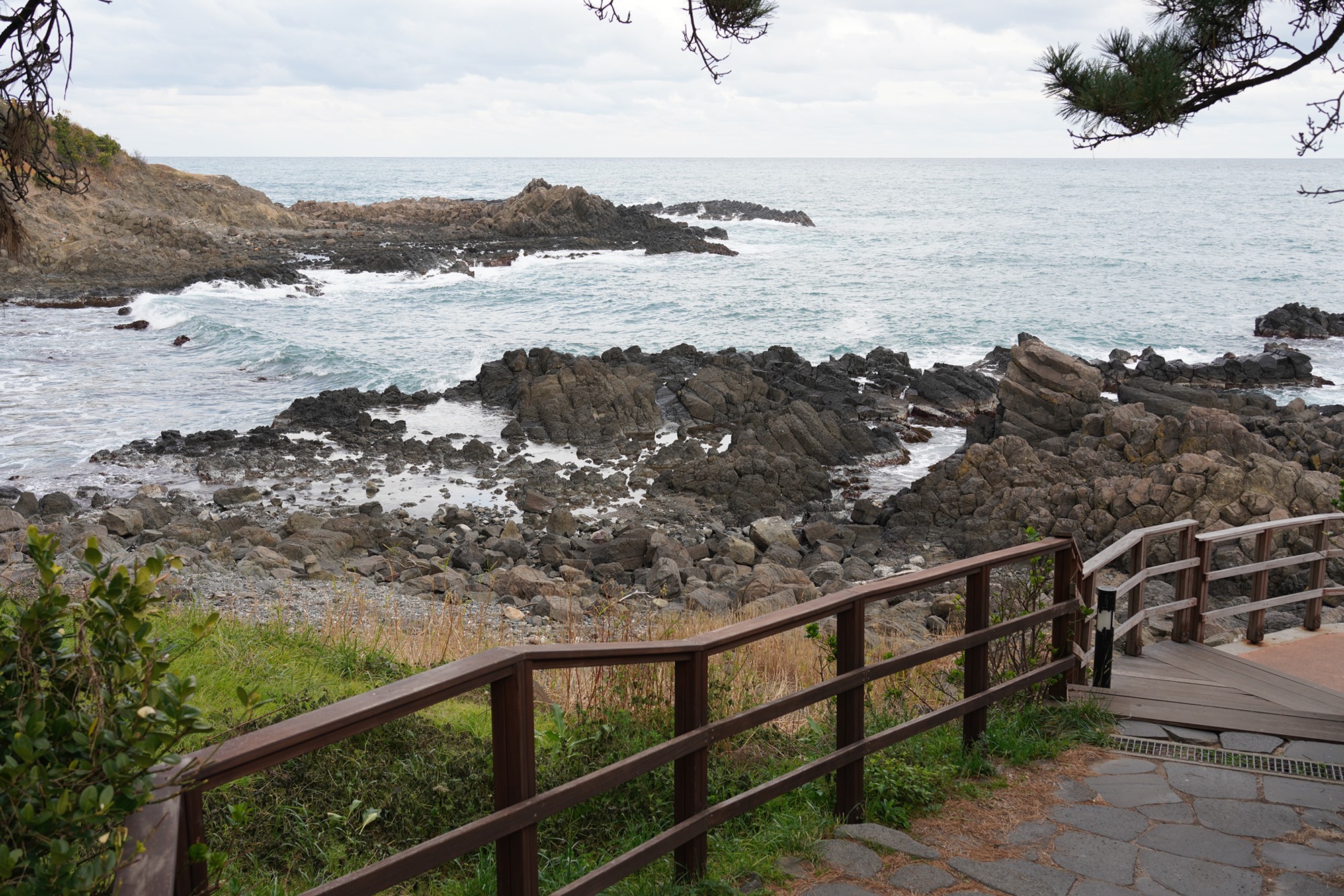
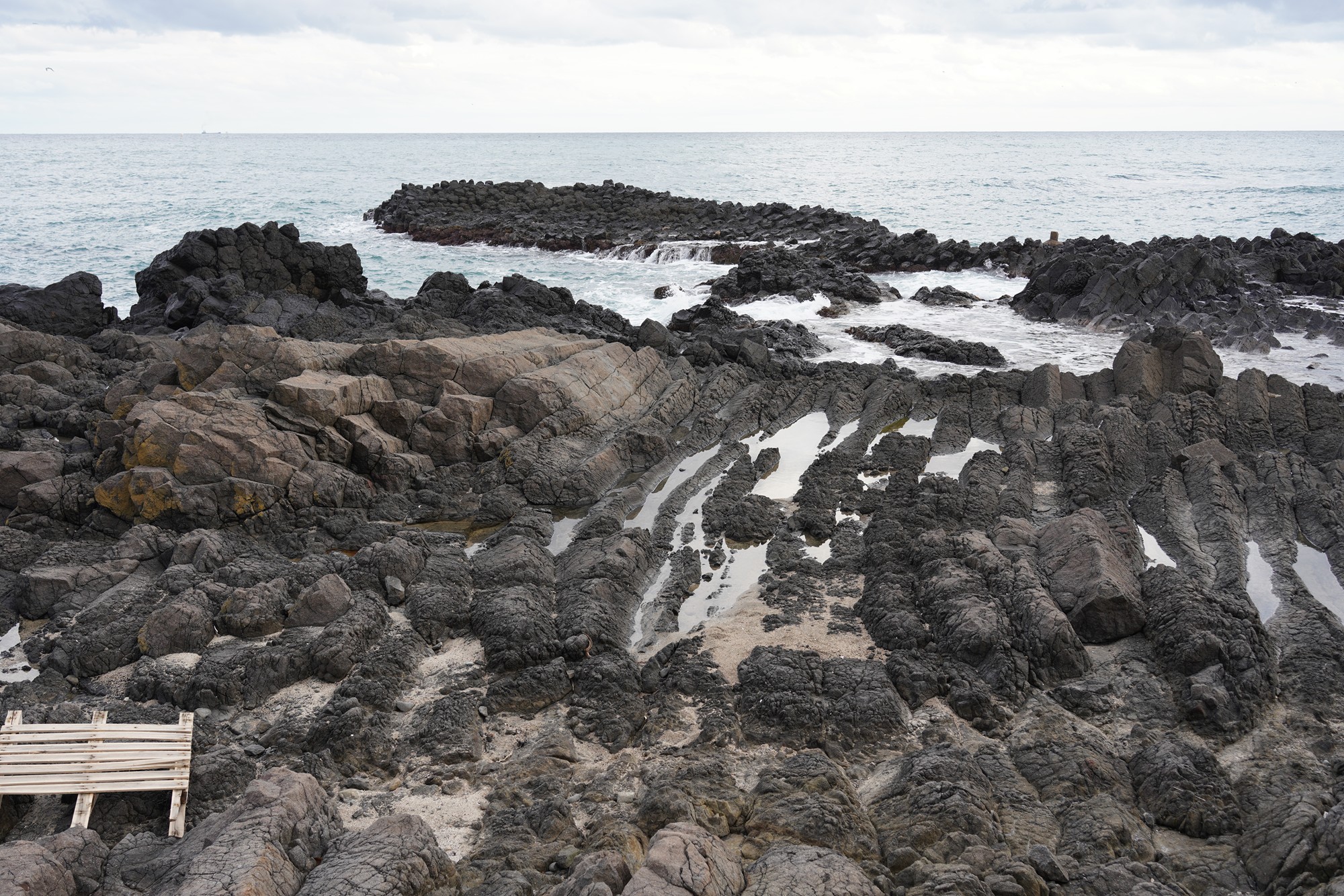
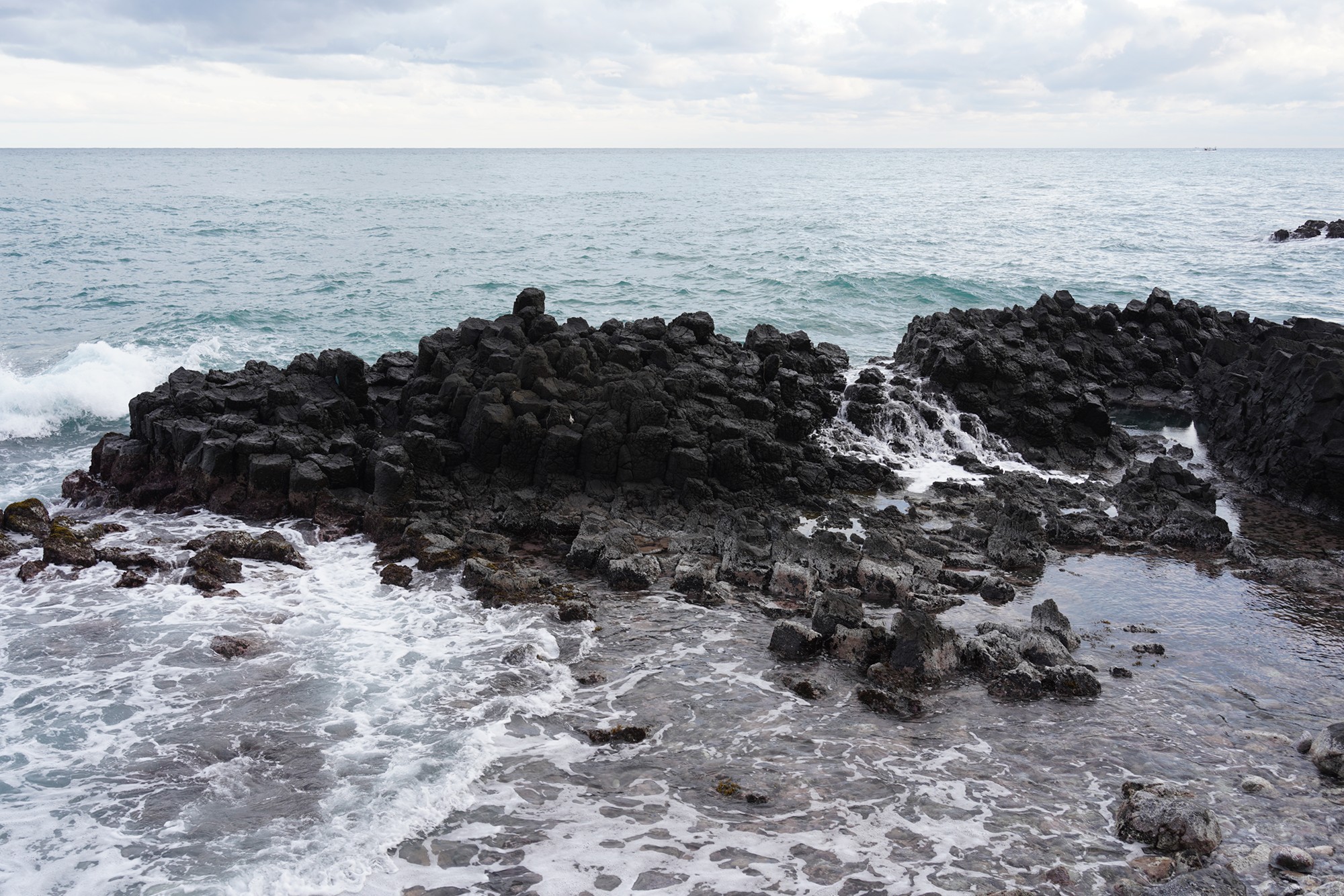
The end of the trail is another tiny fishing village.
